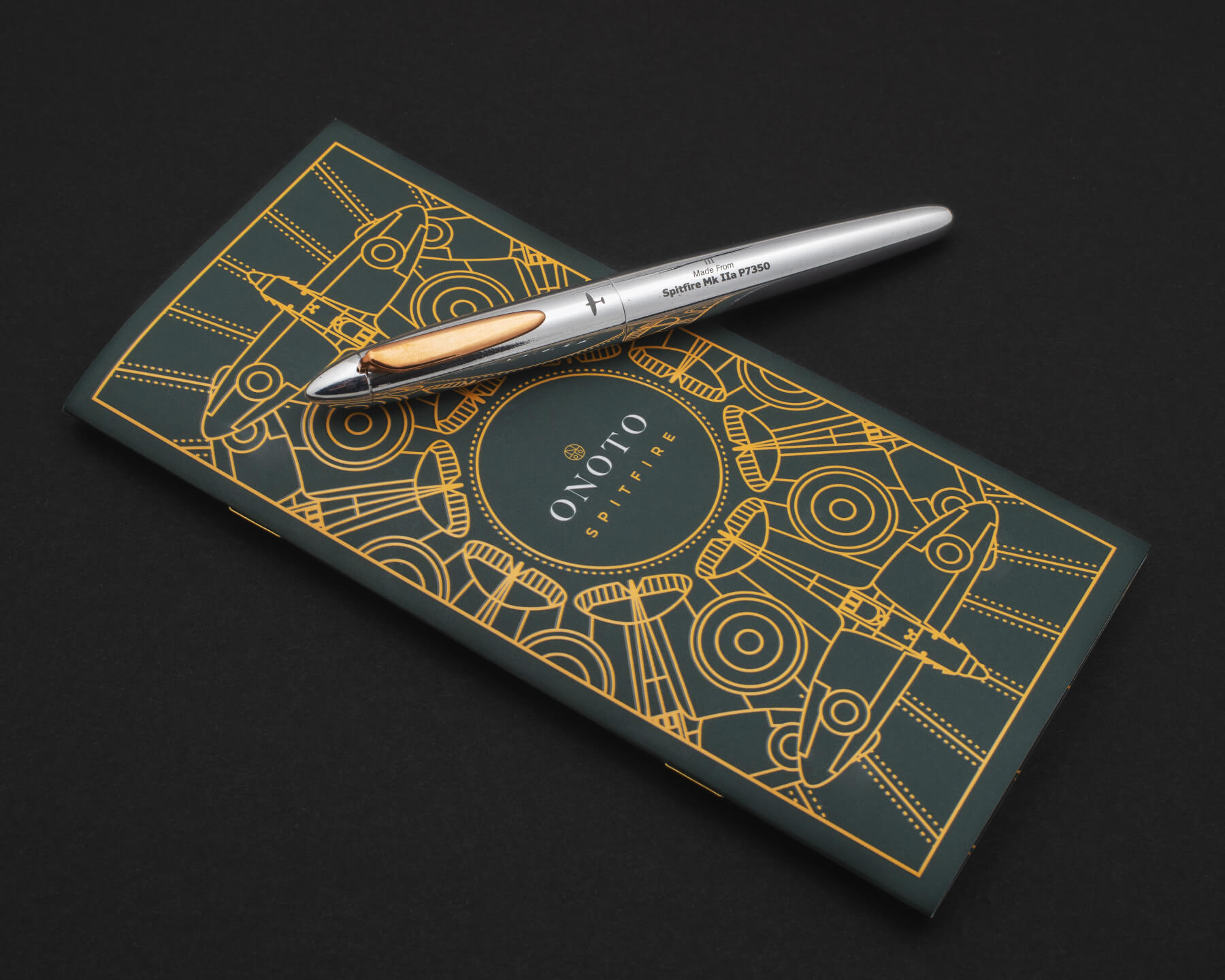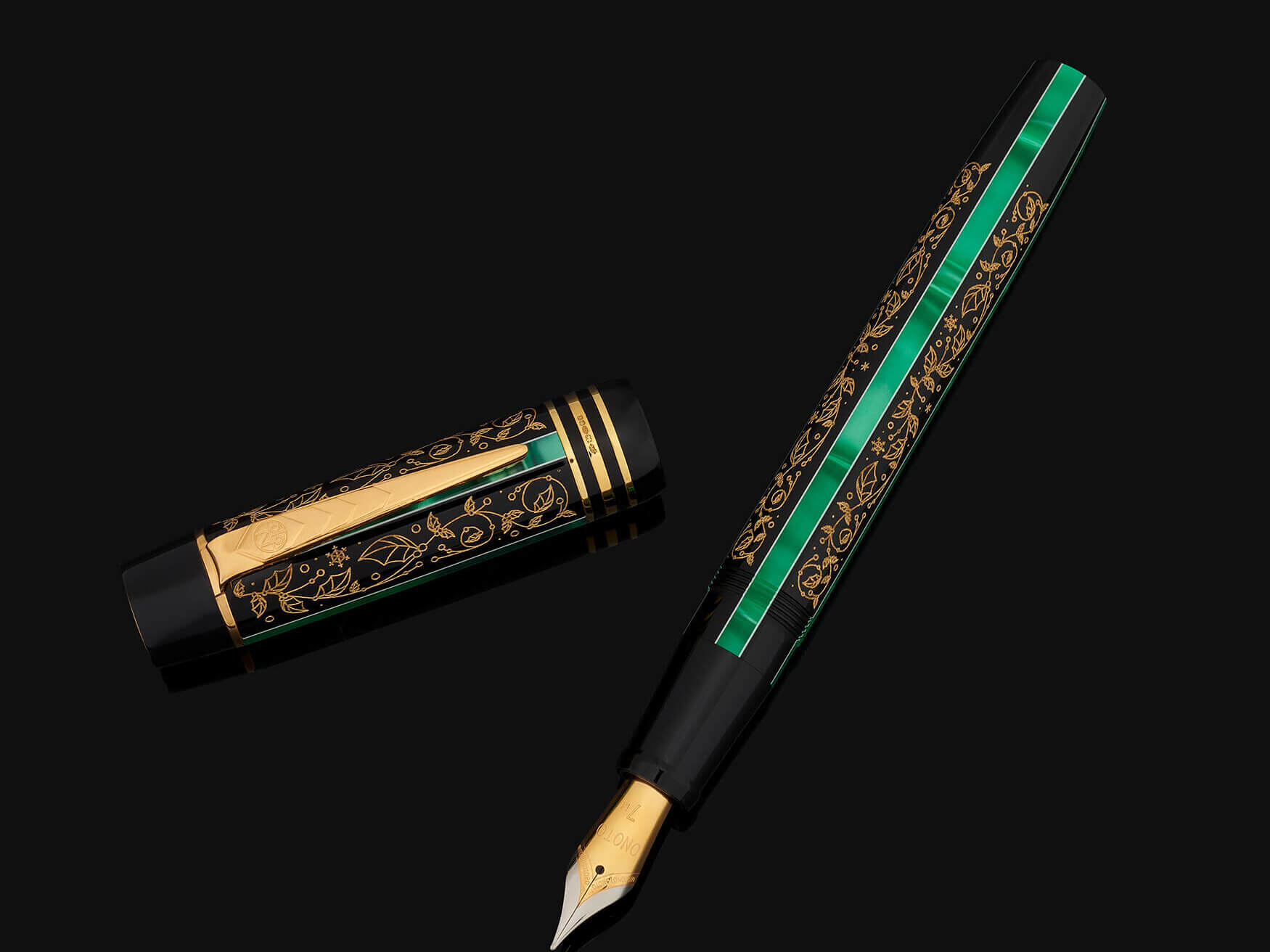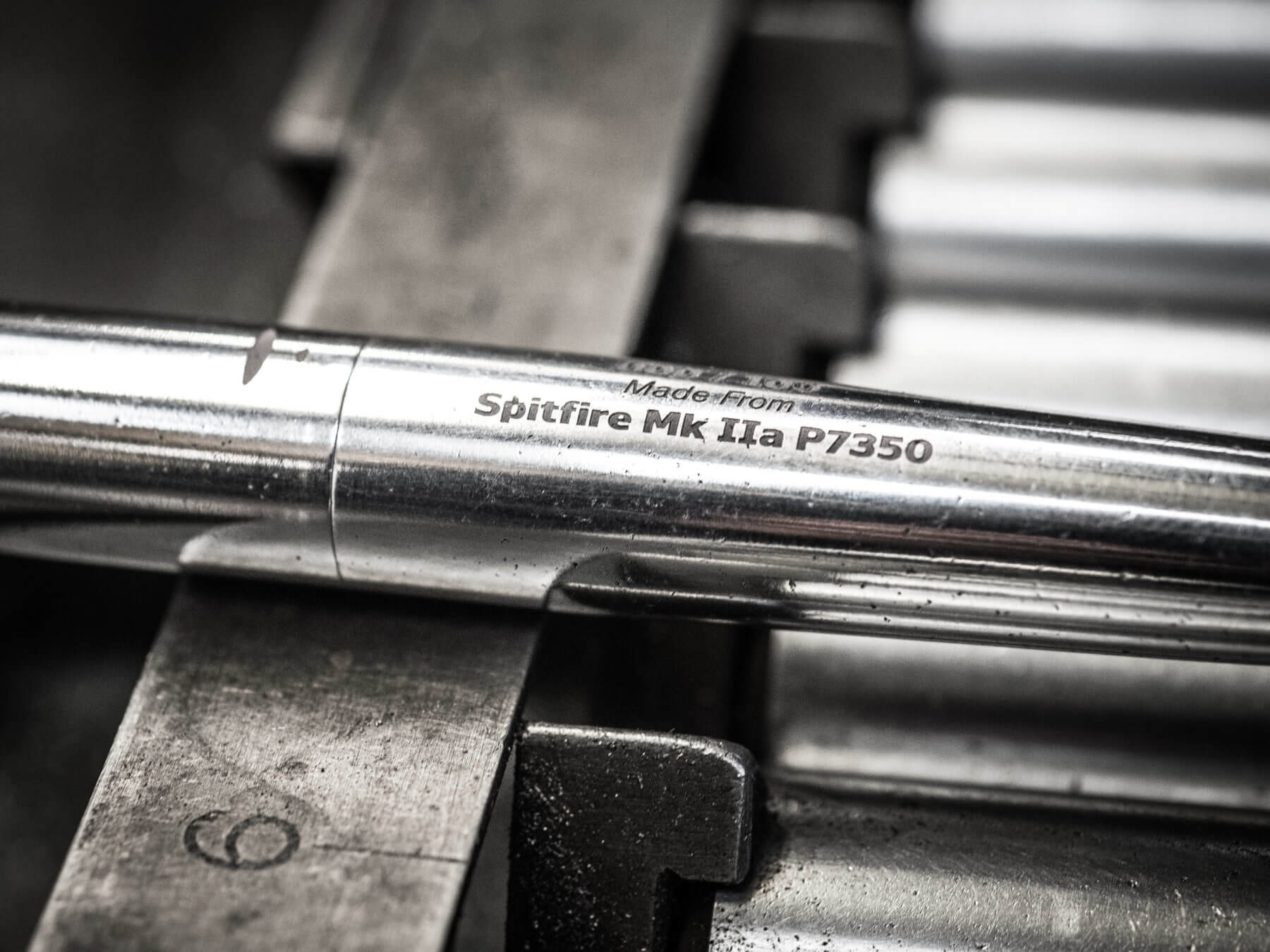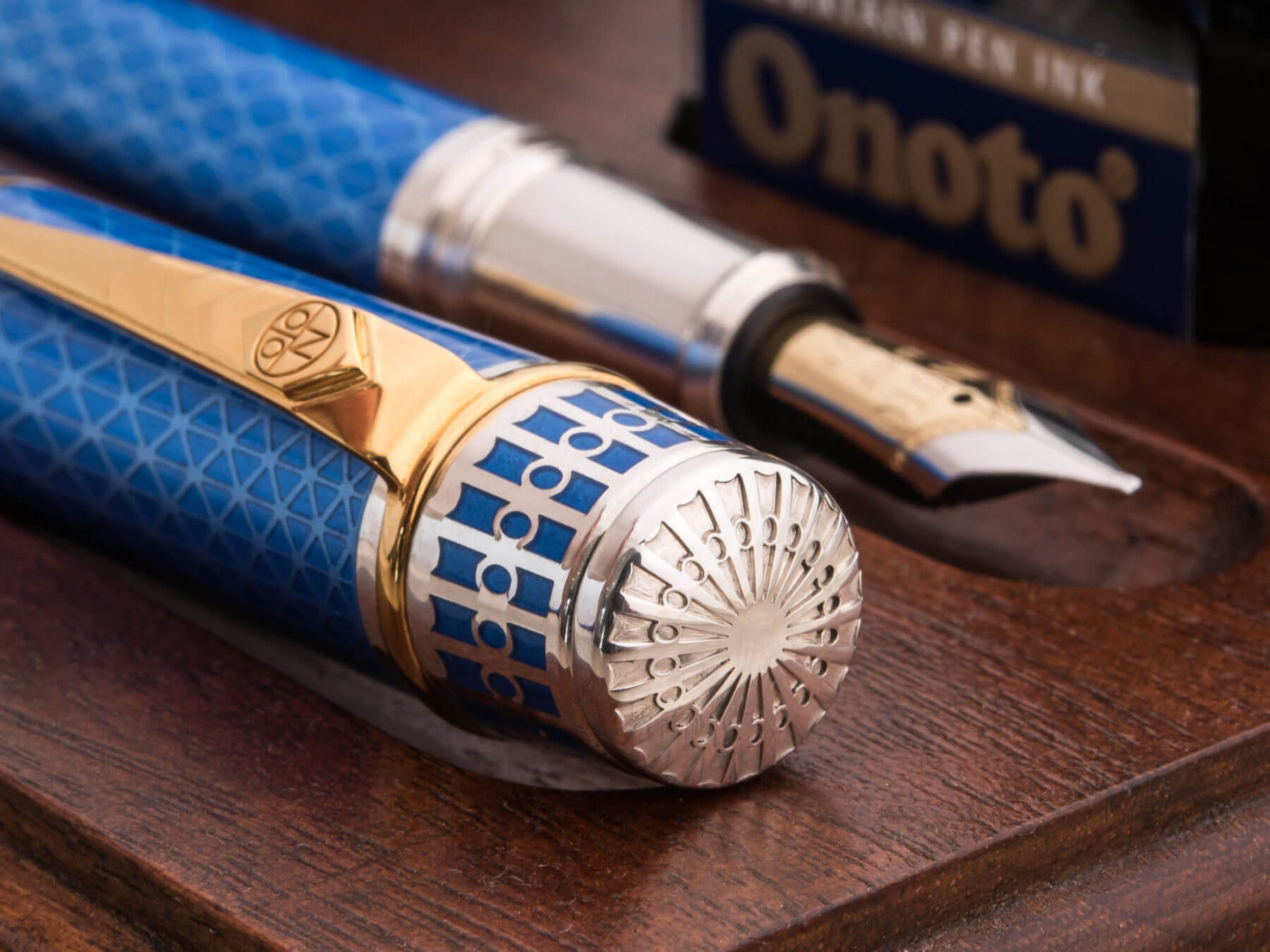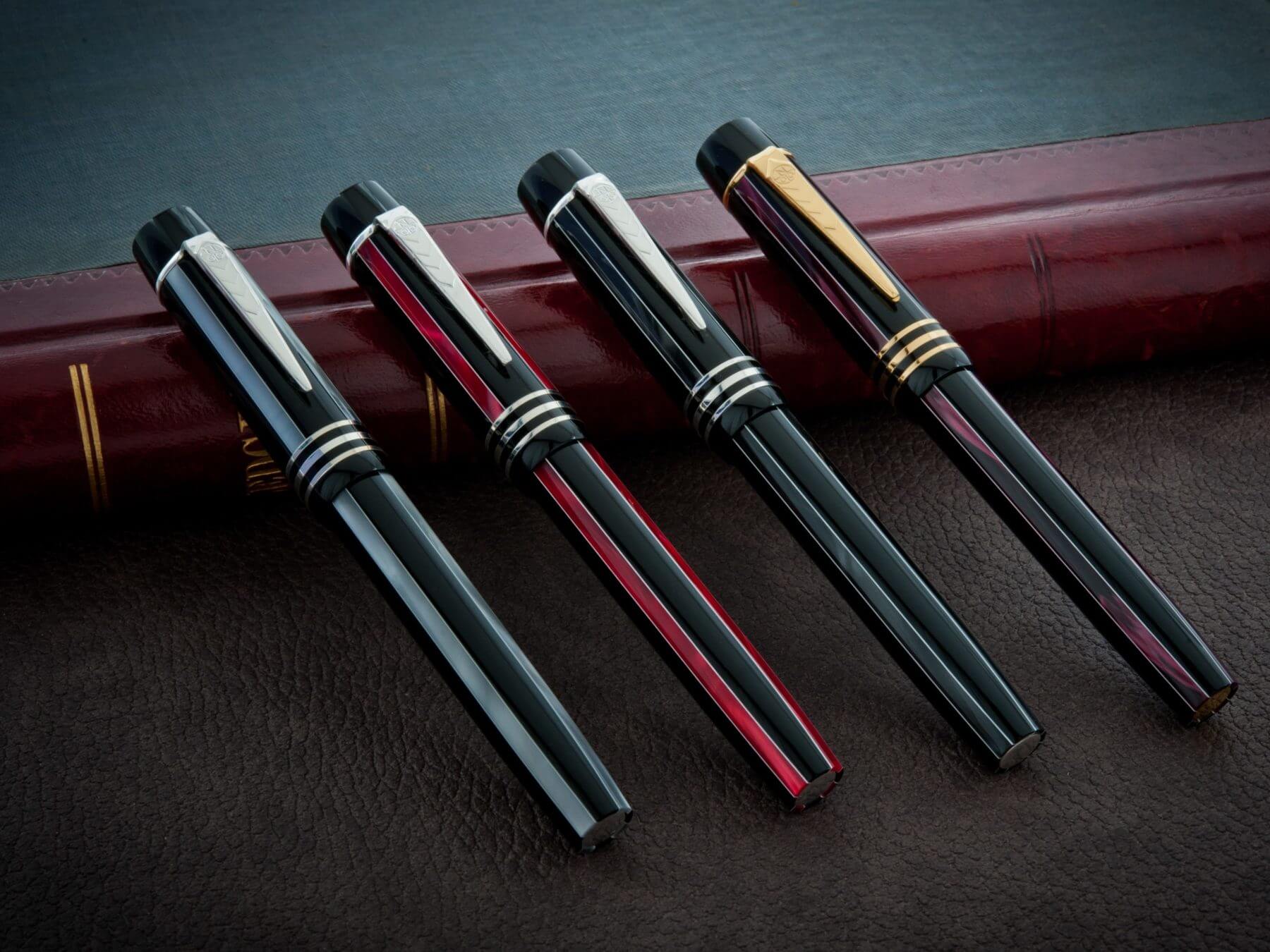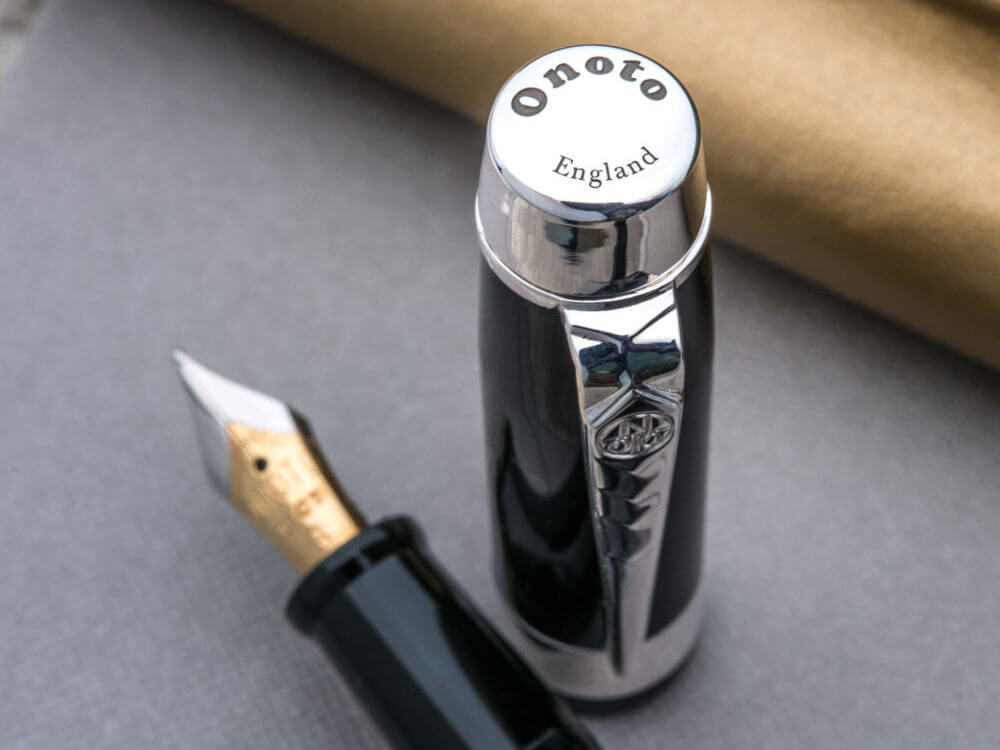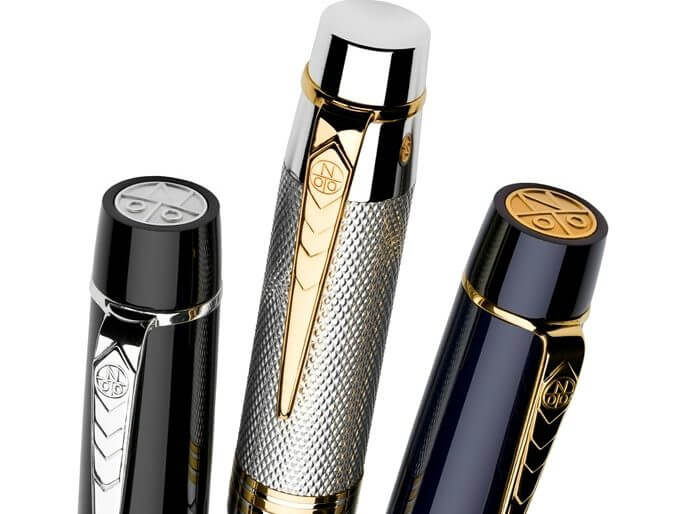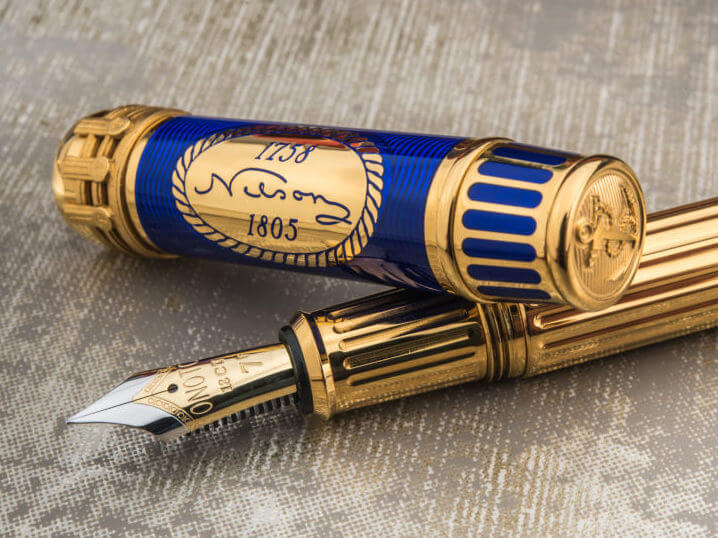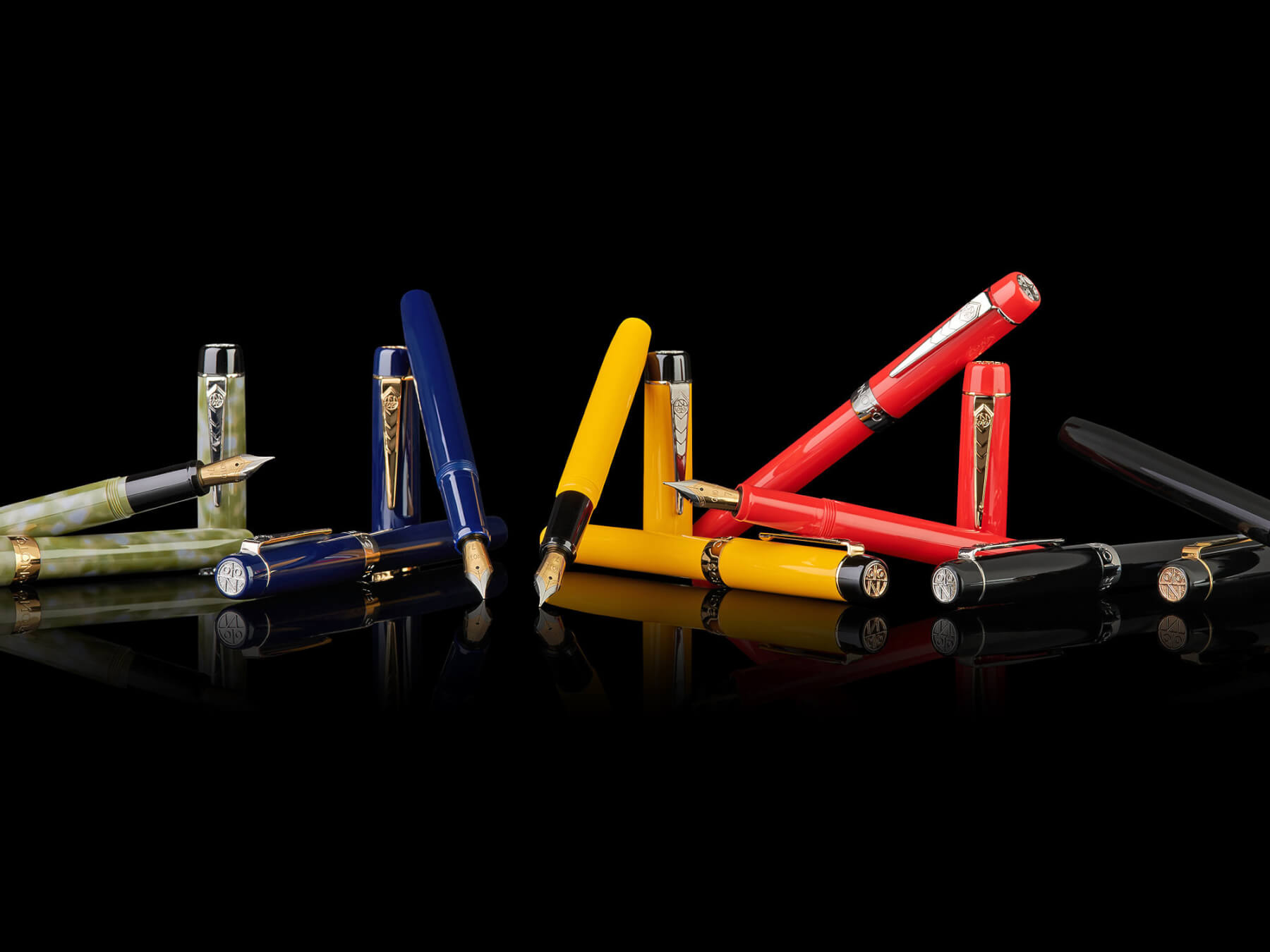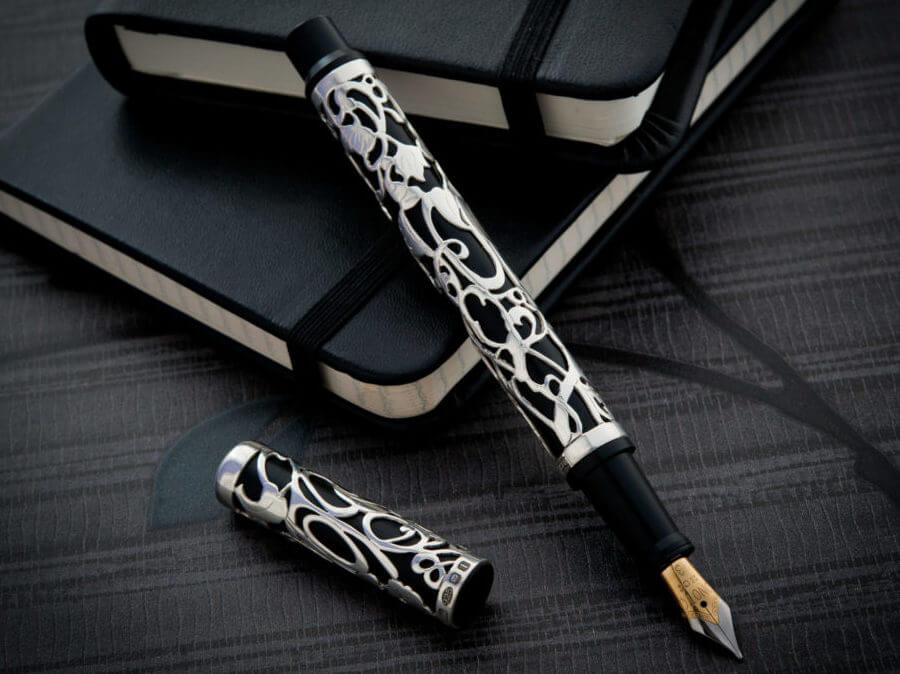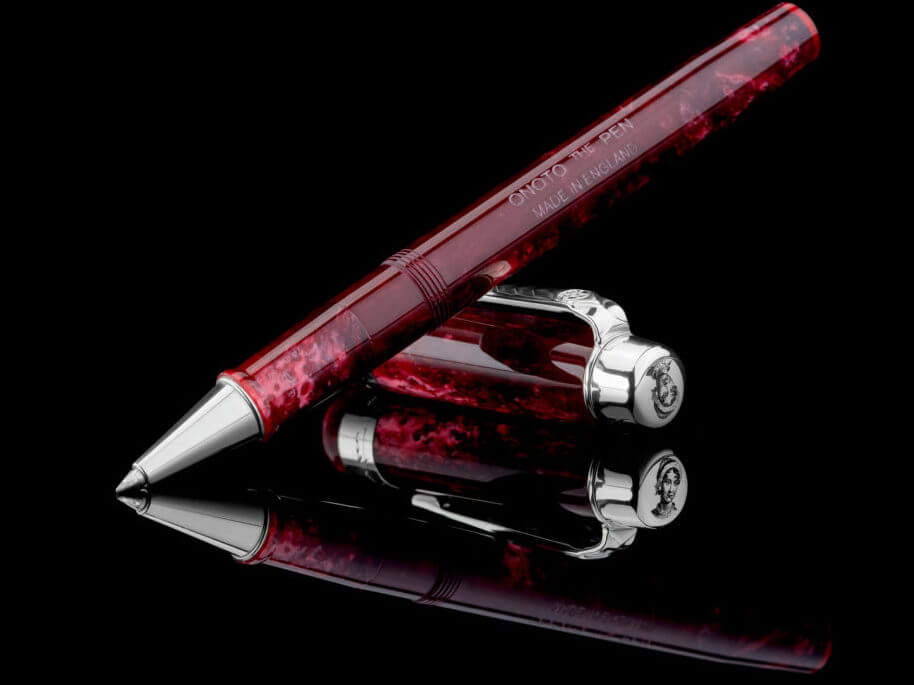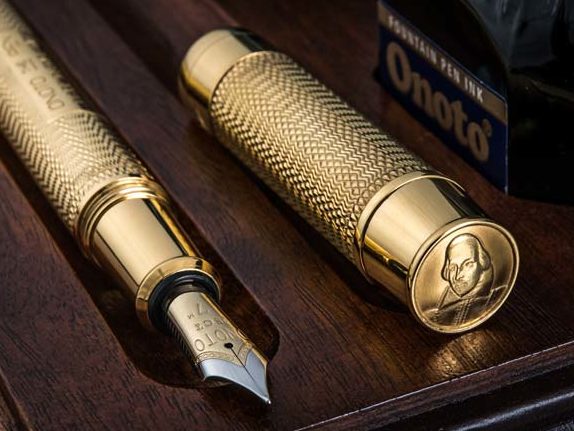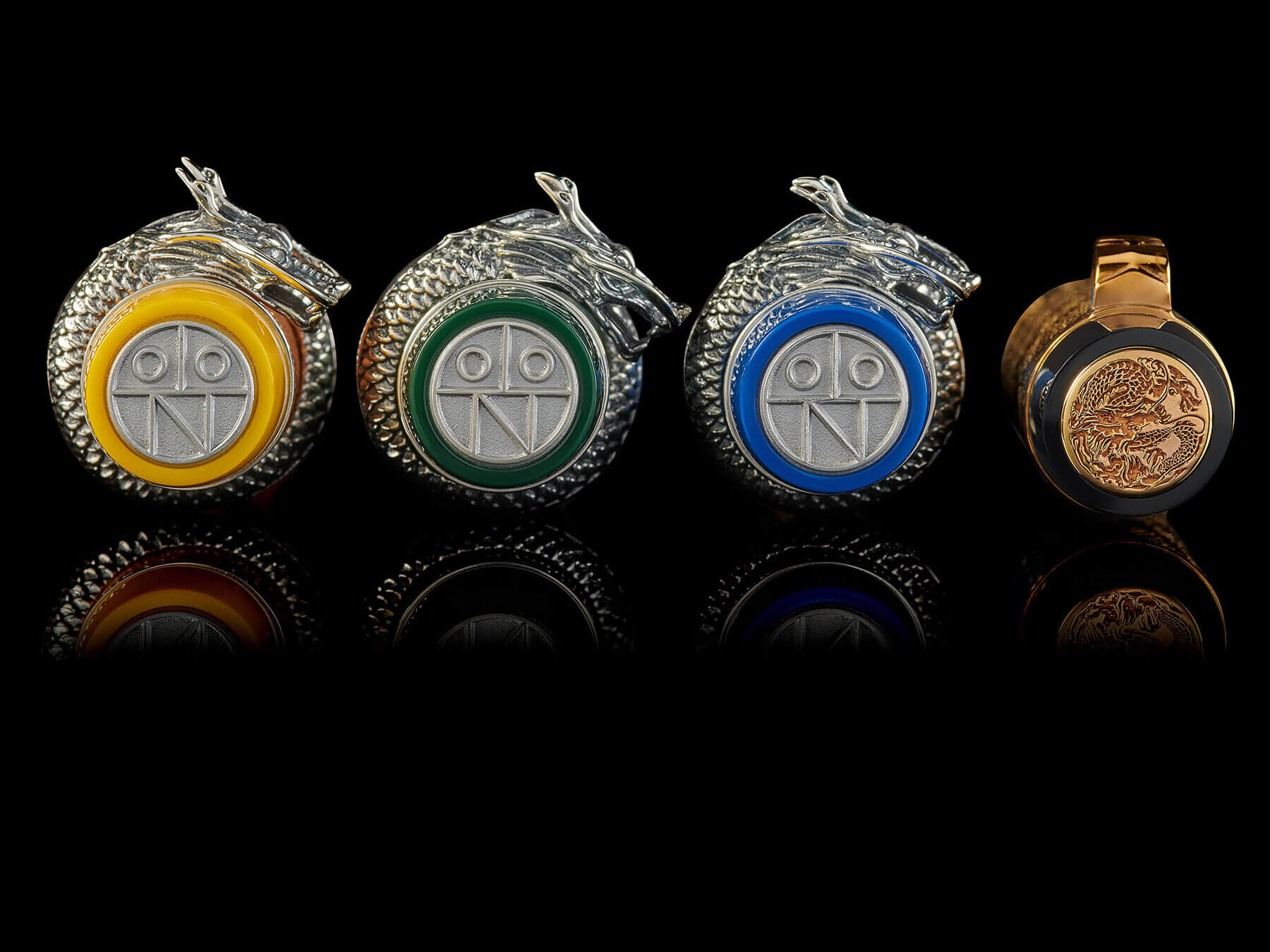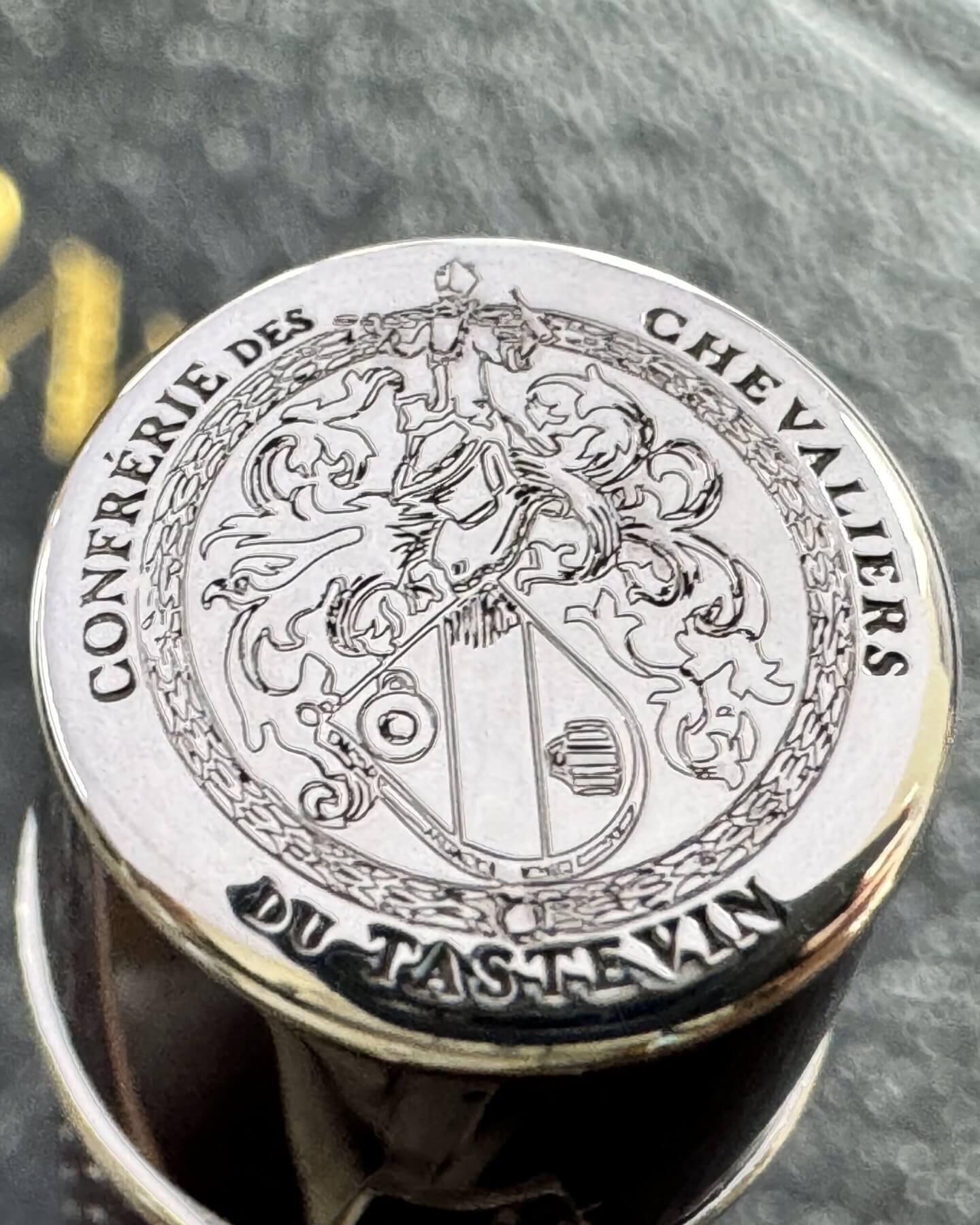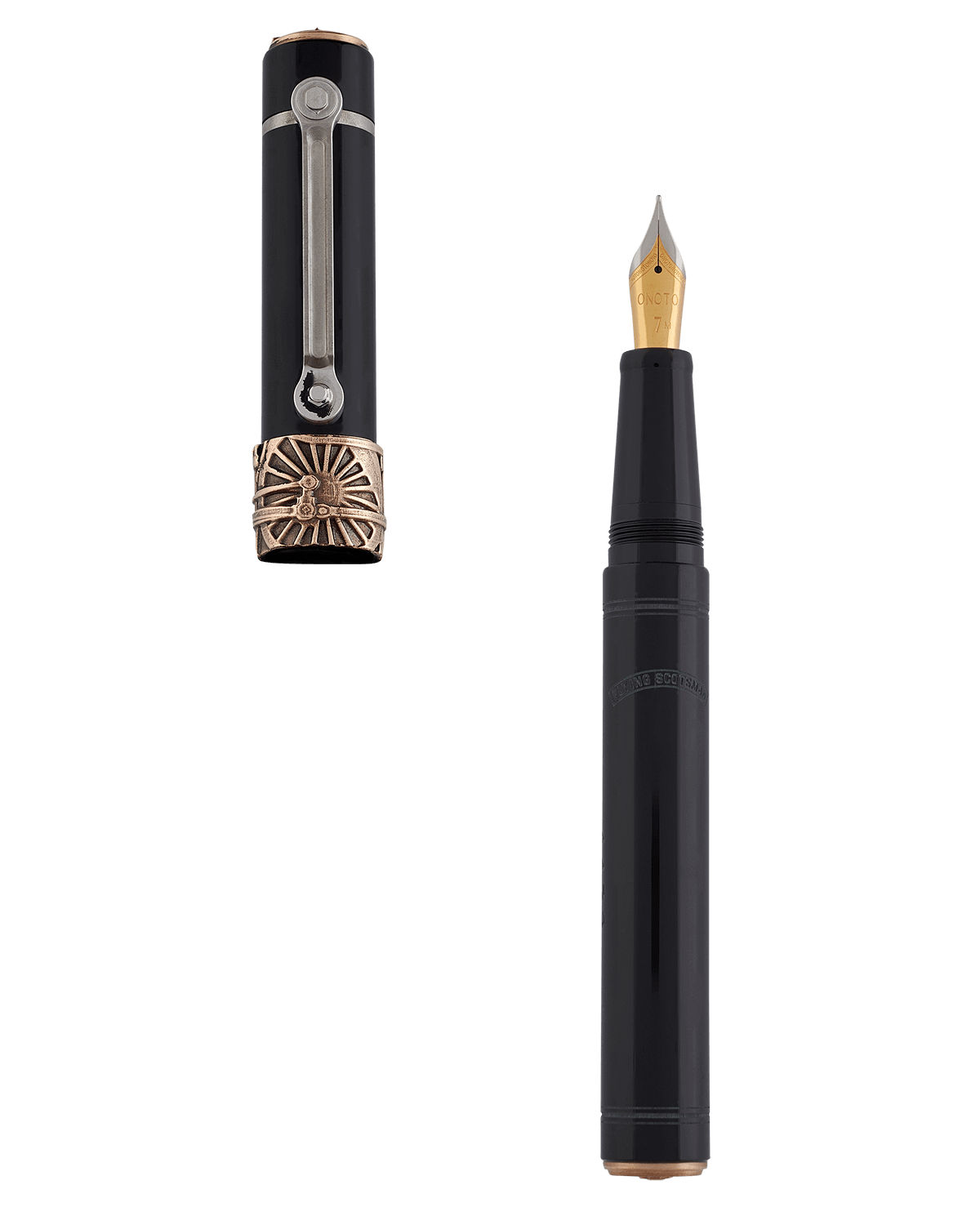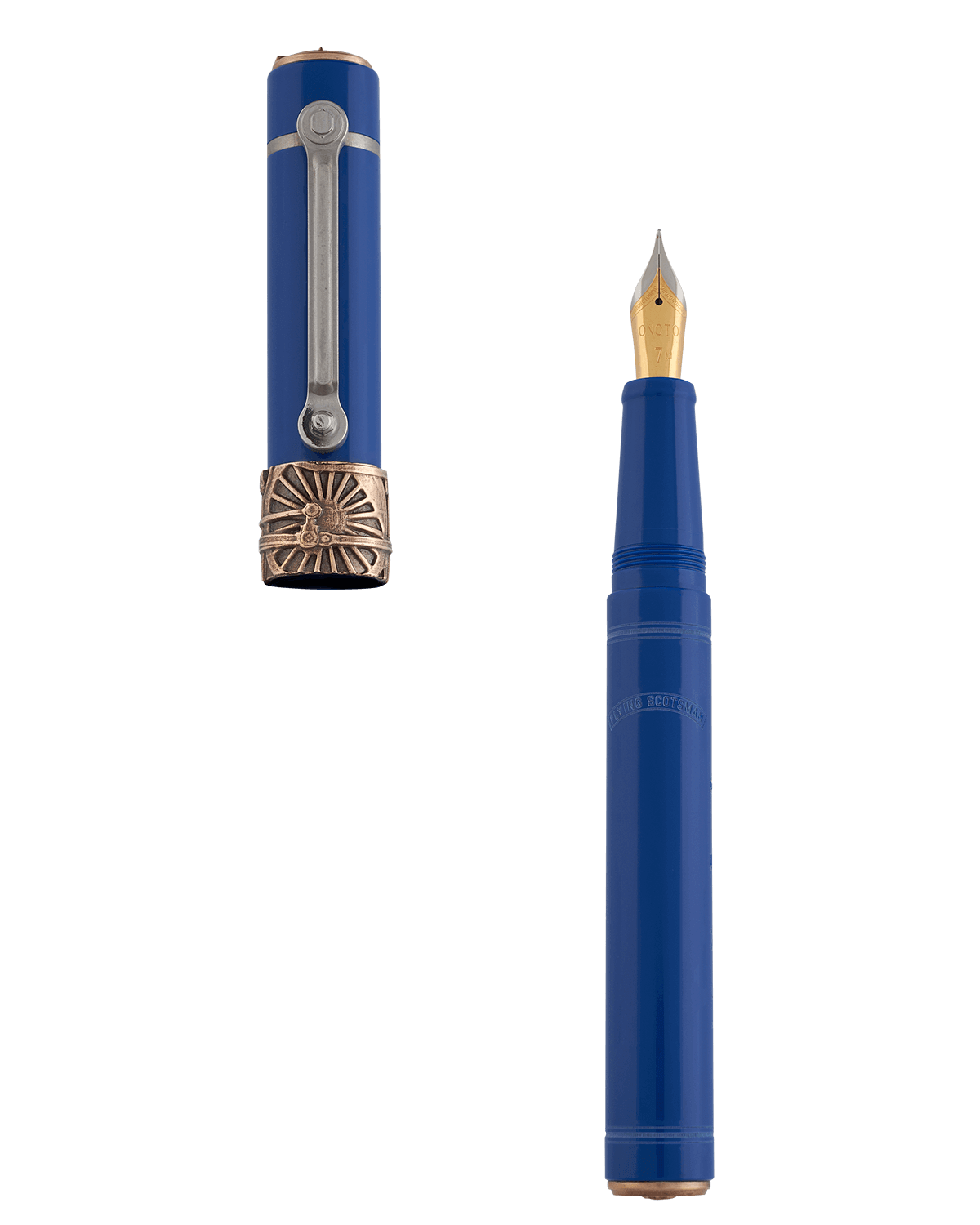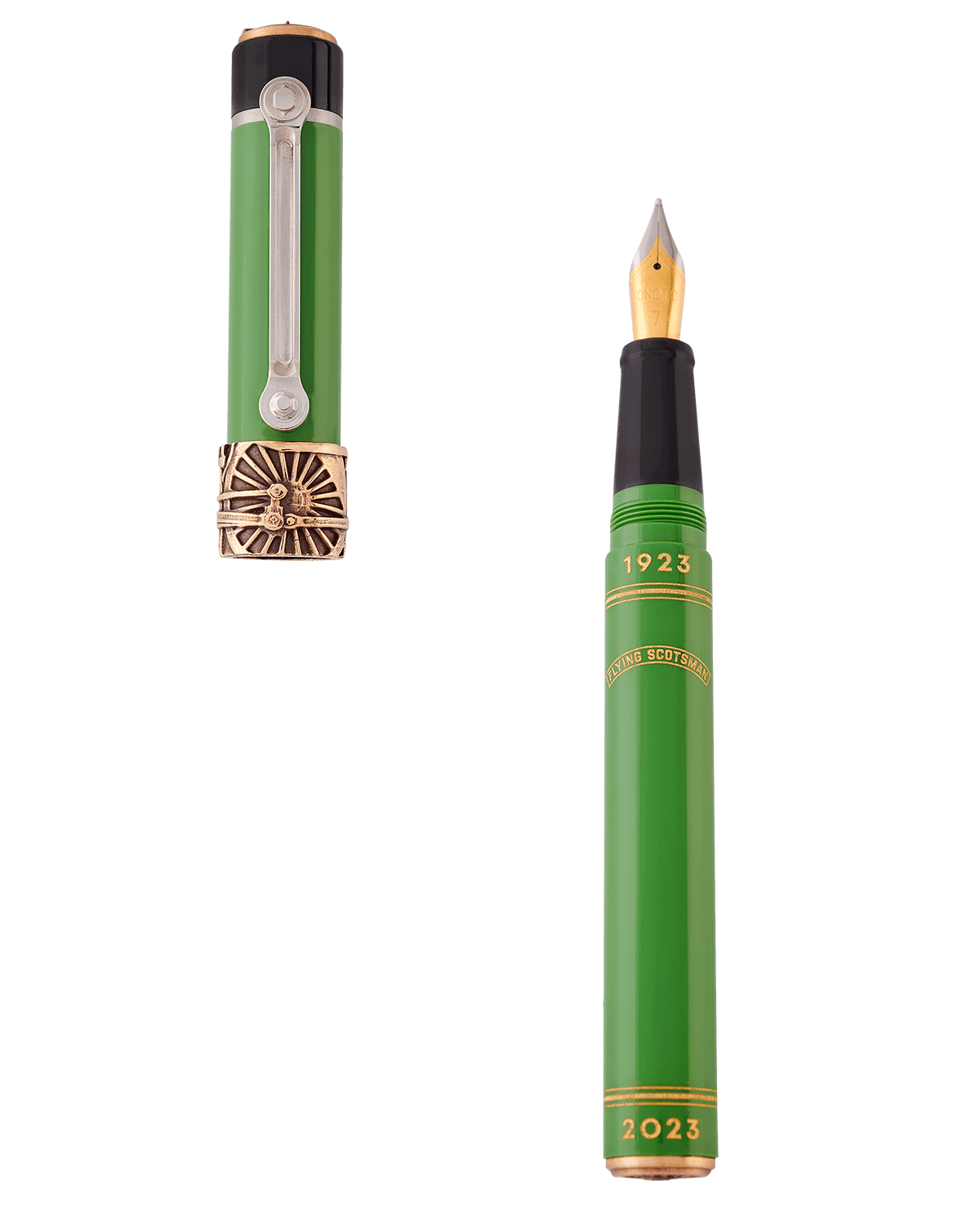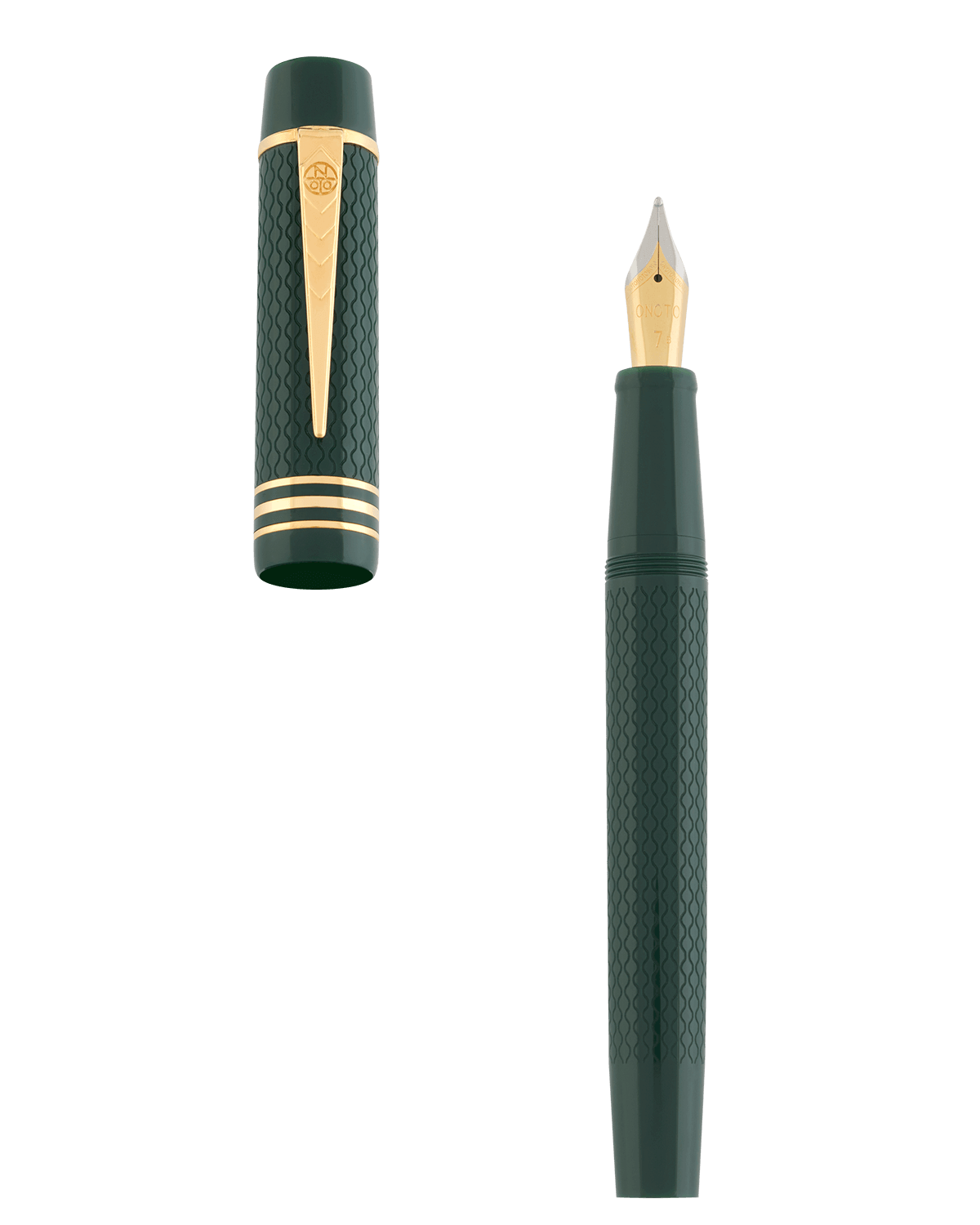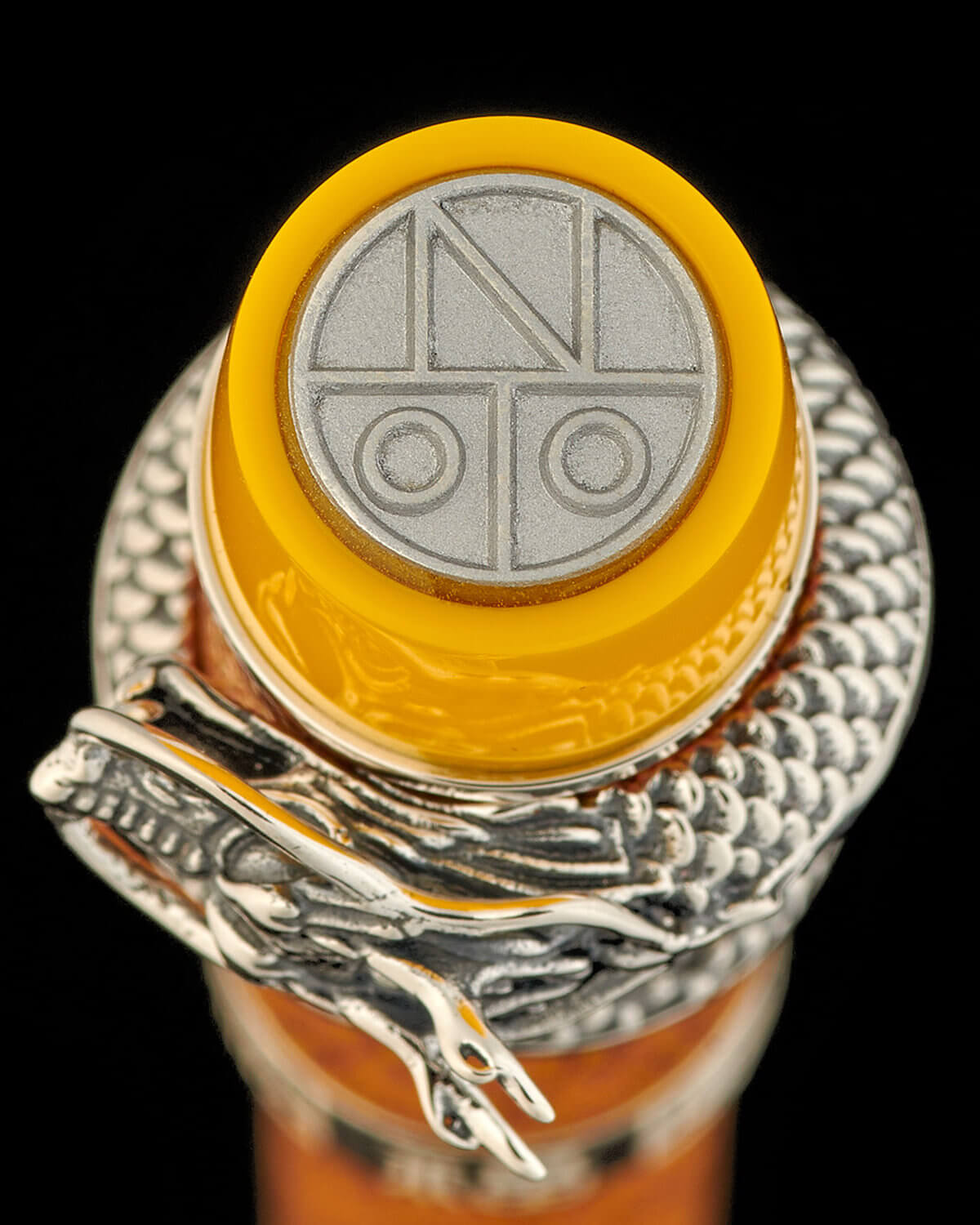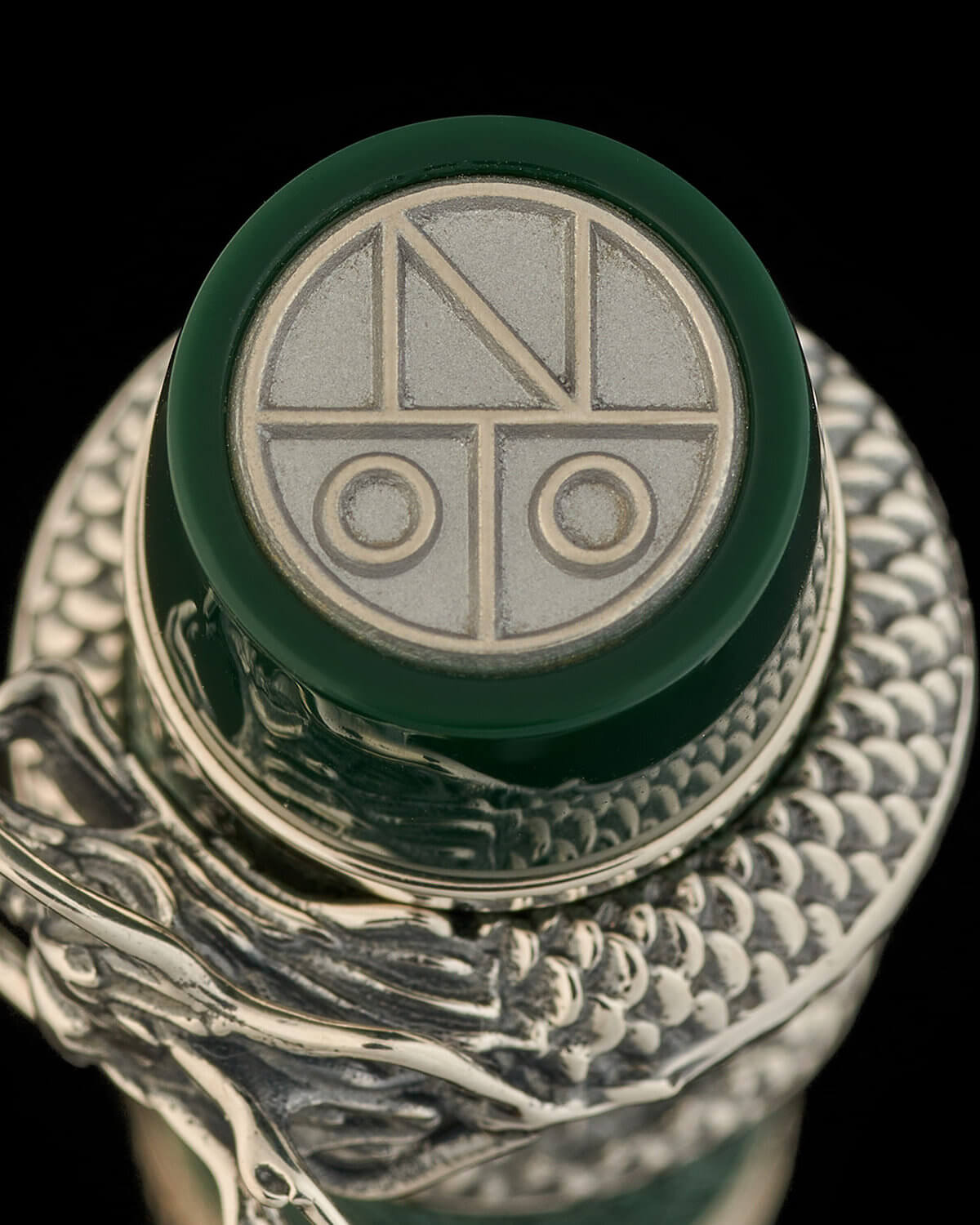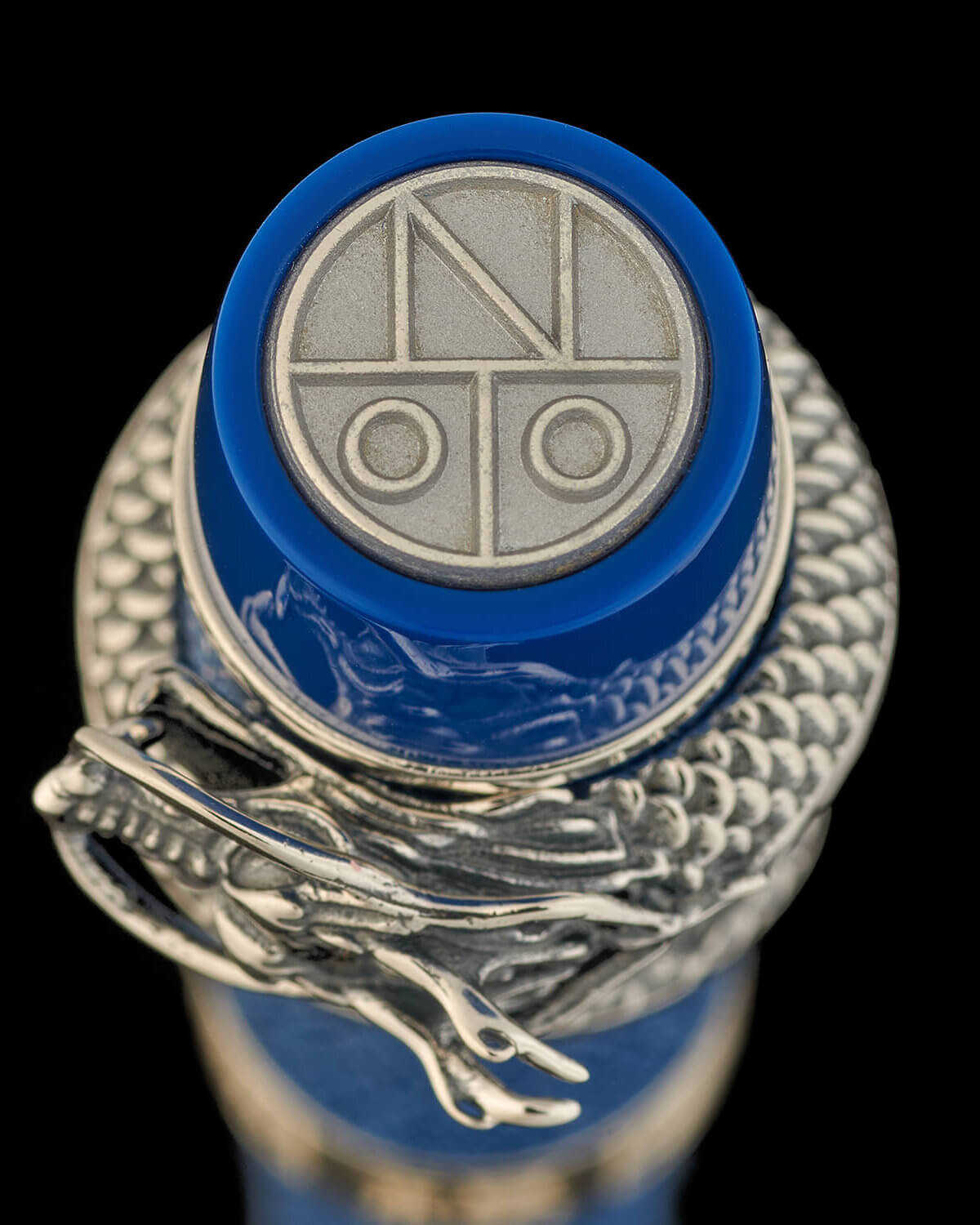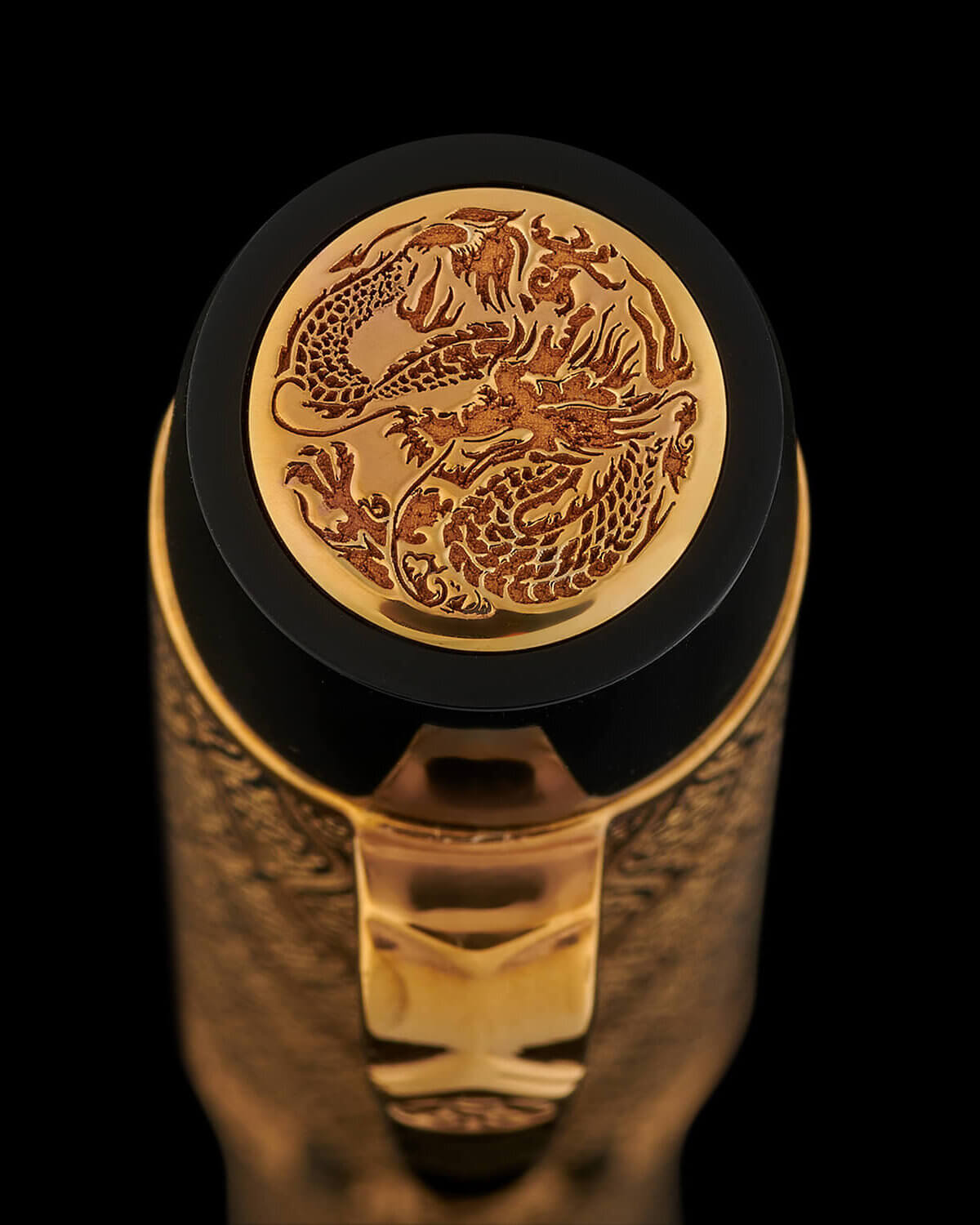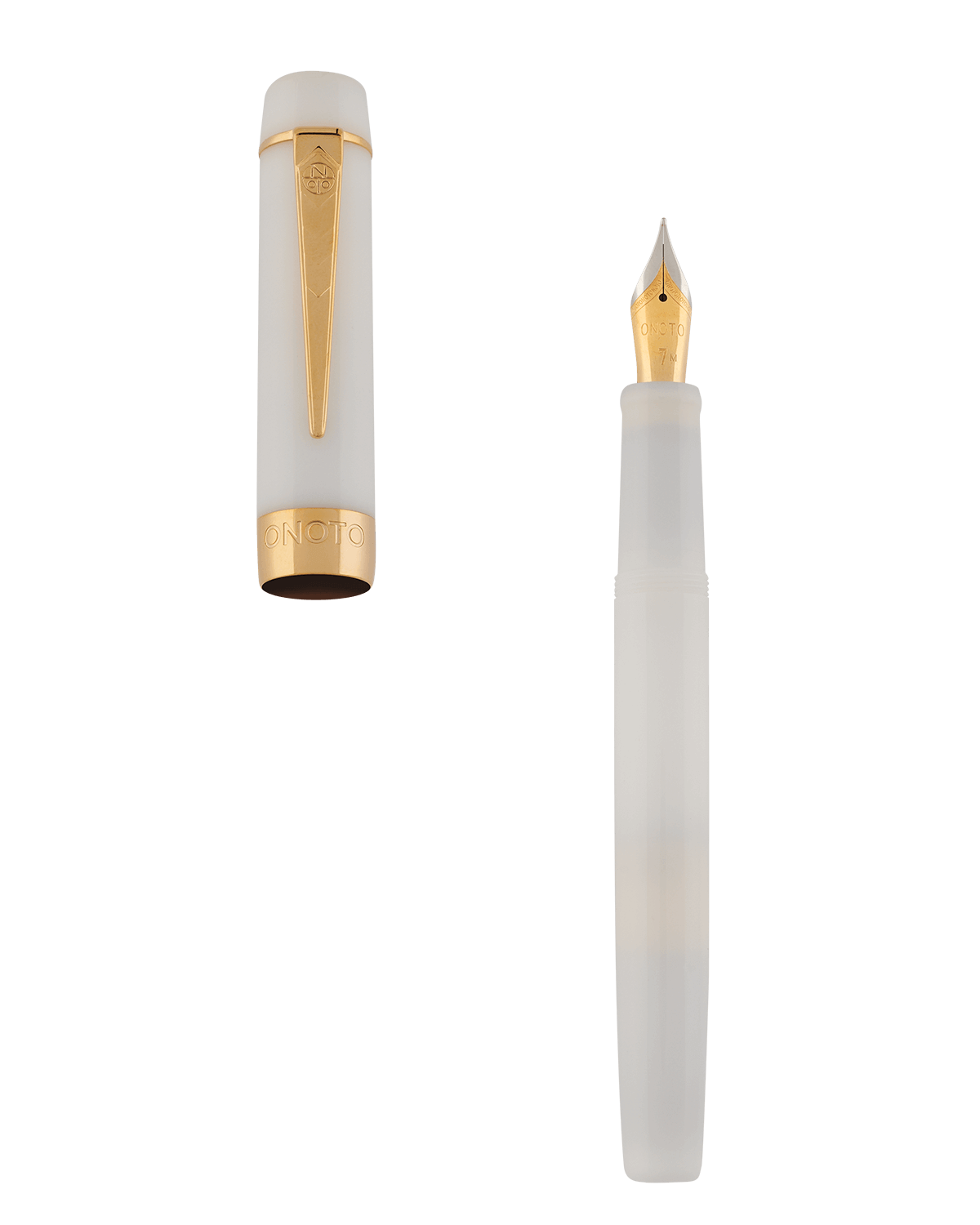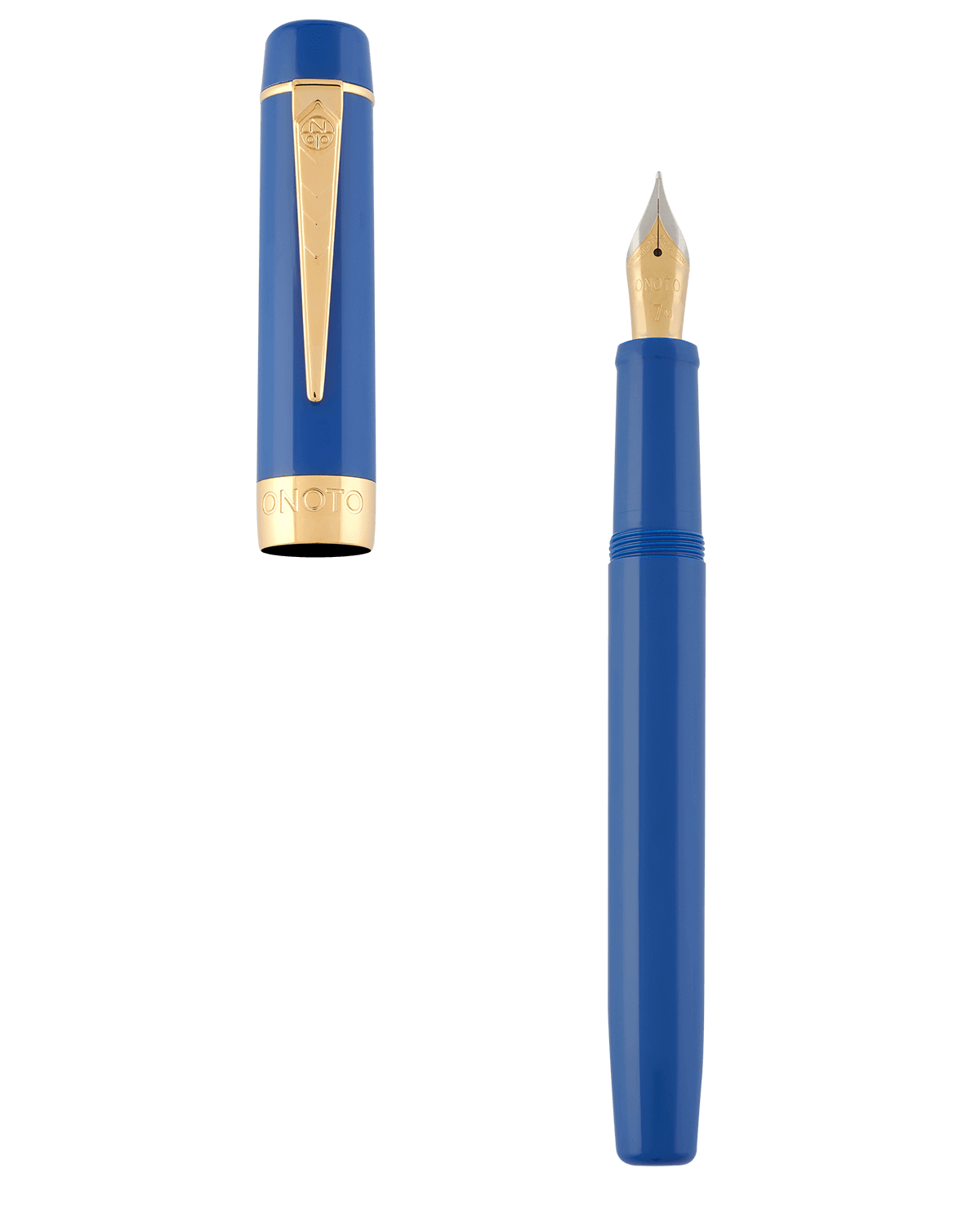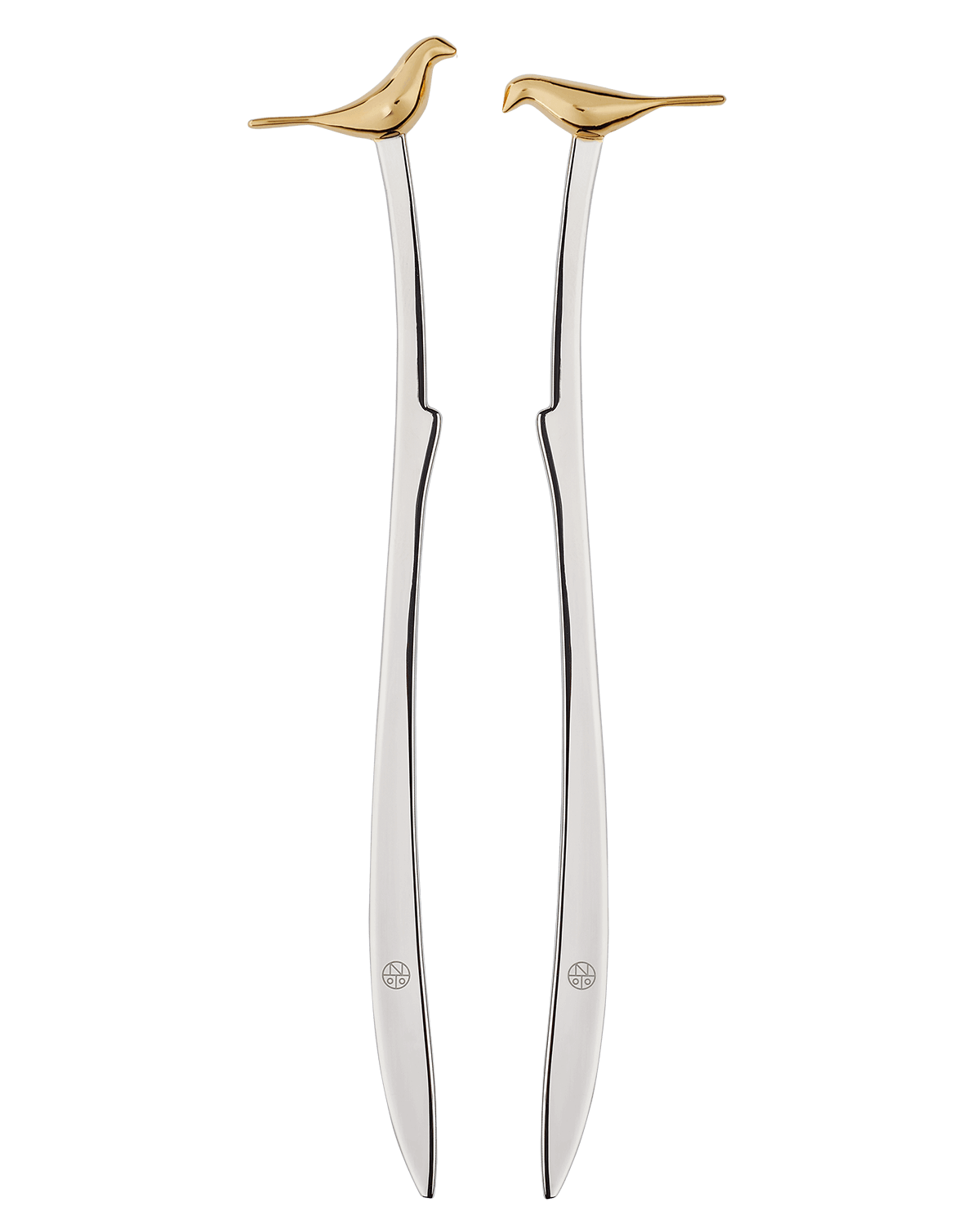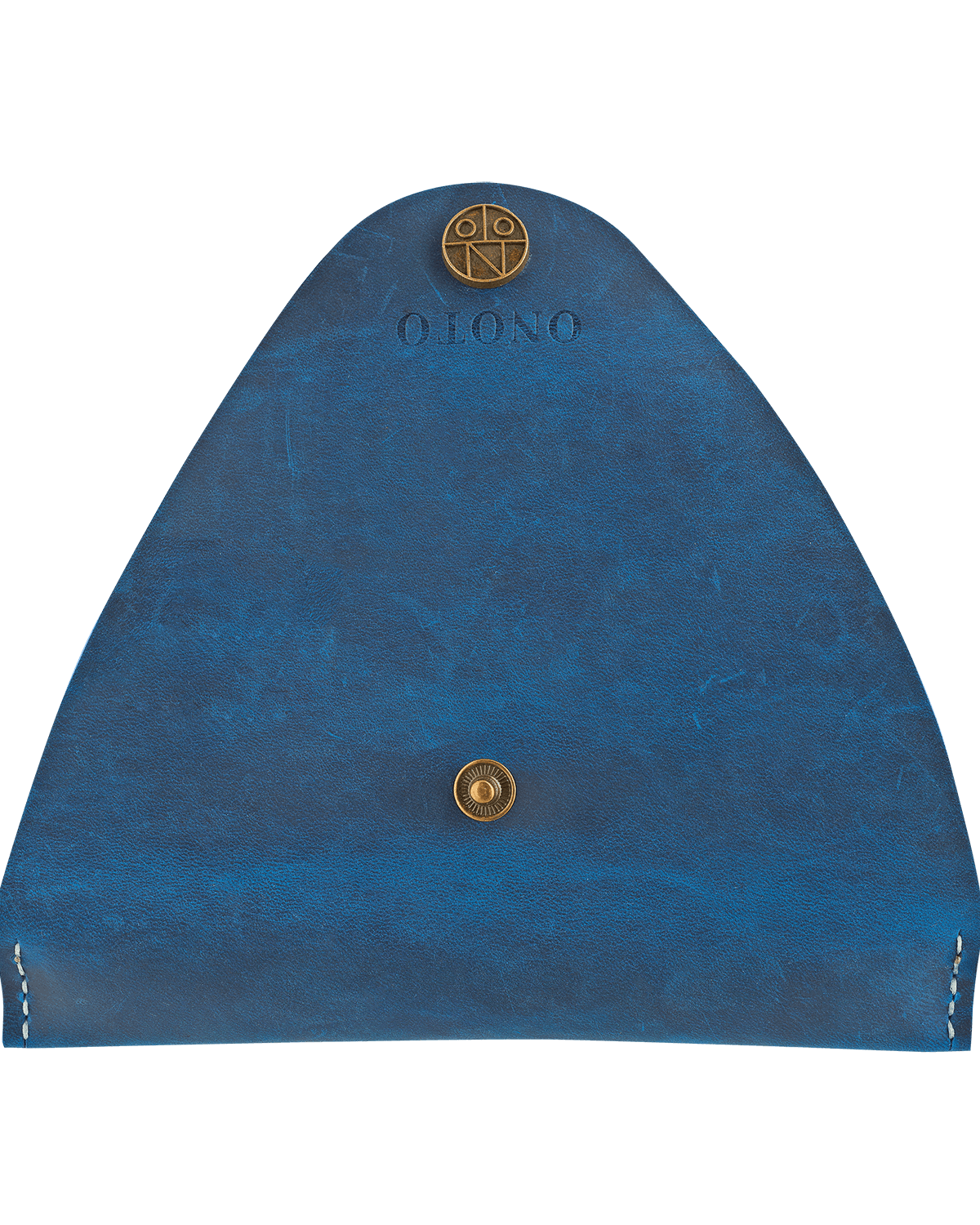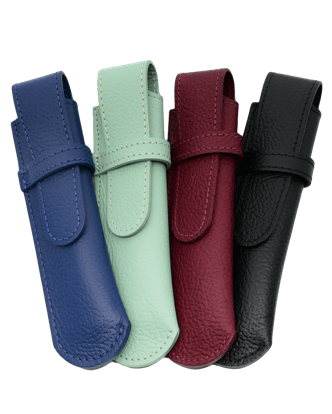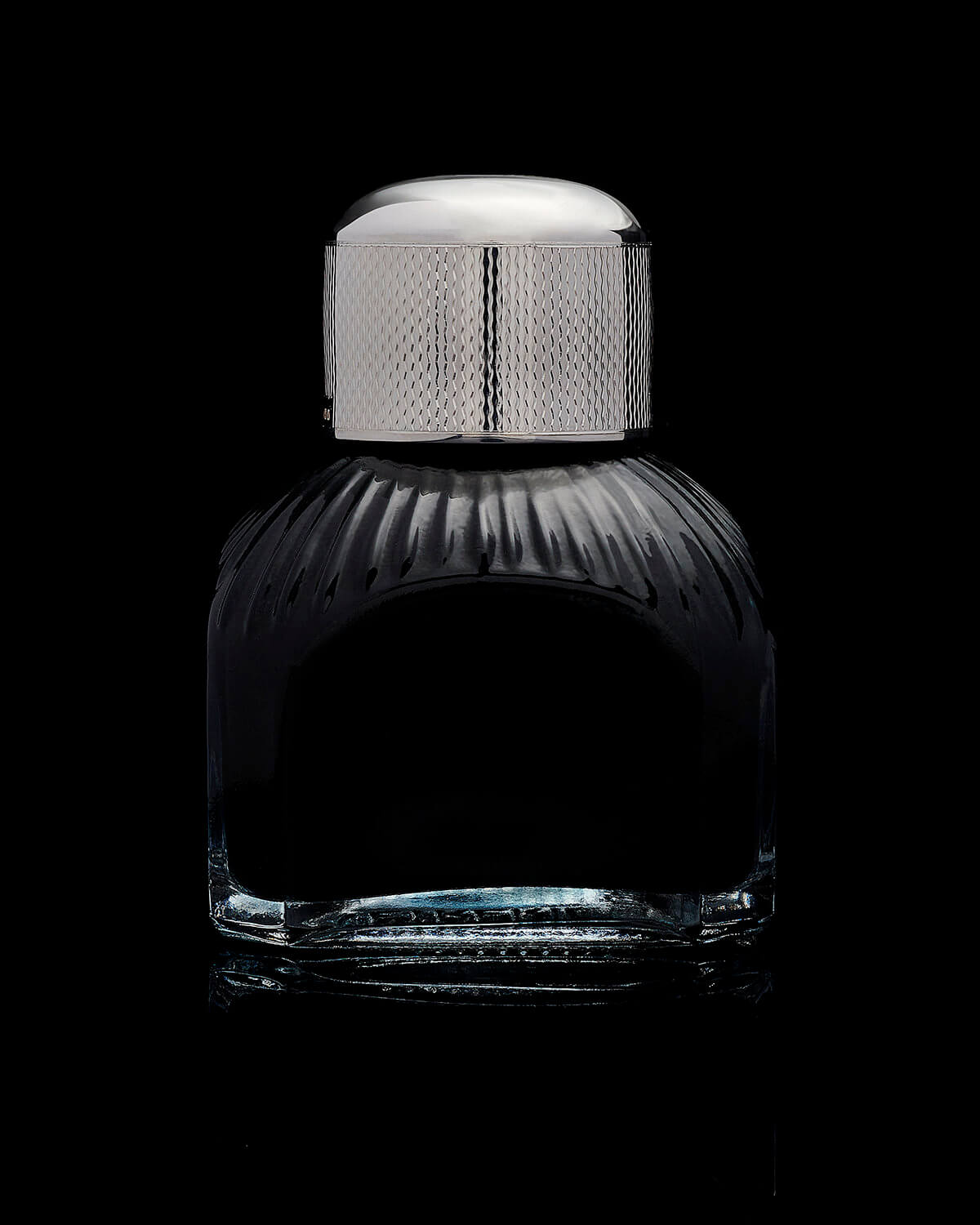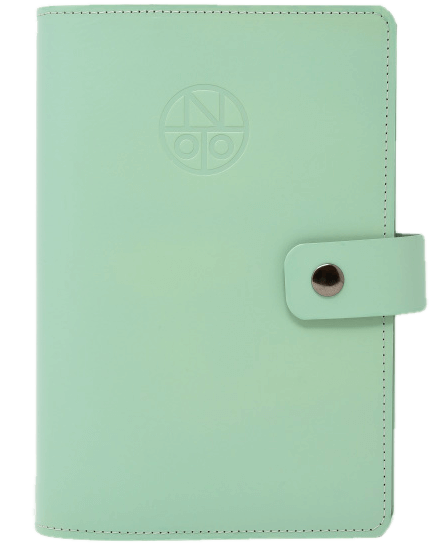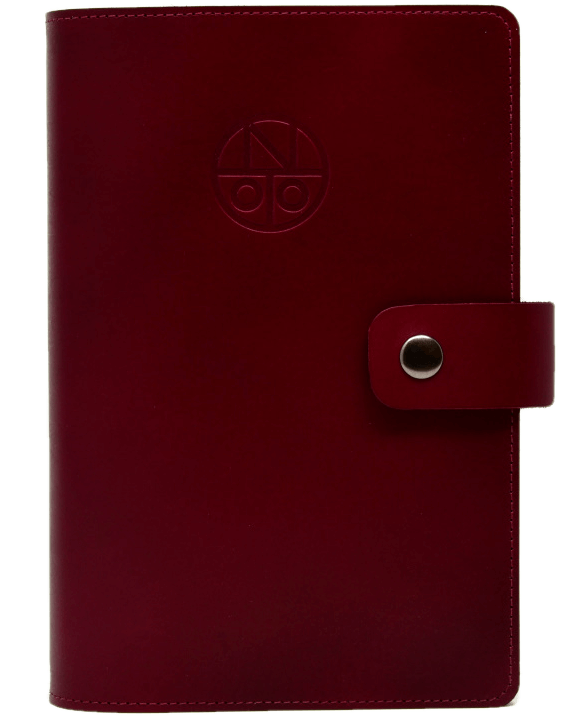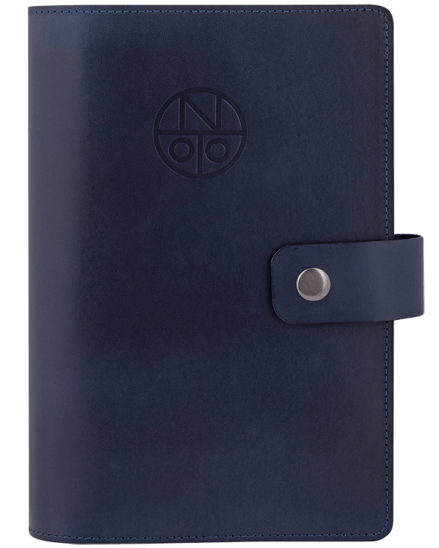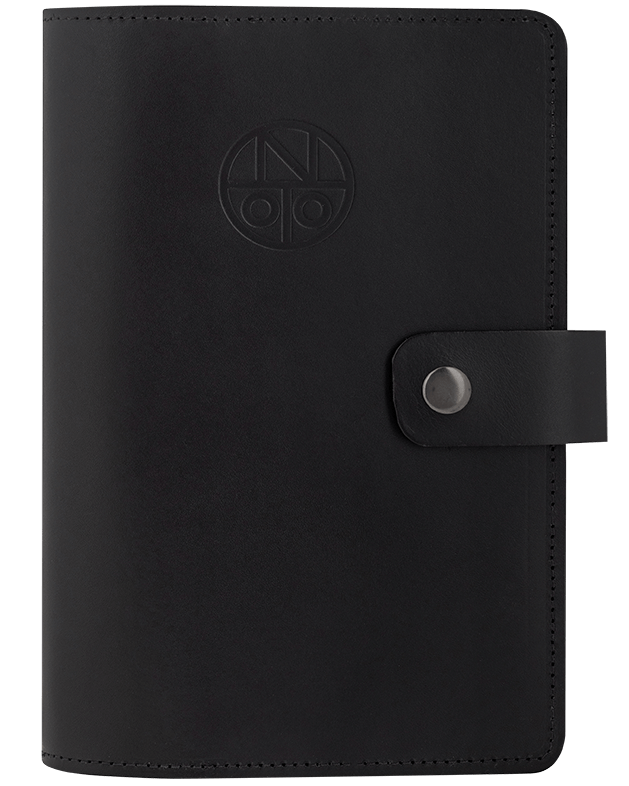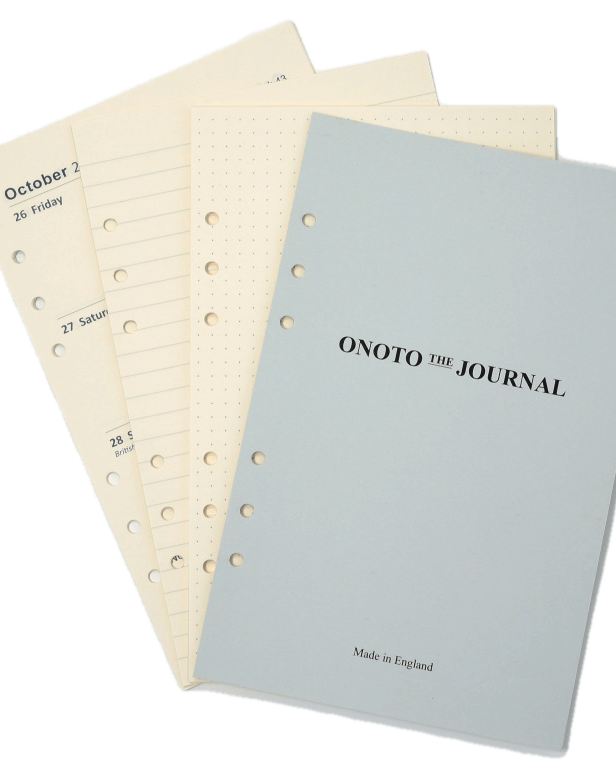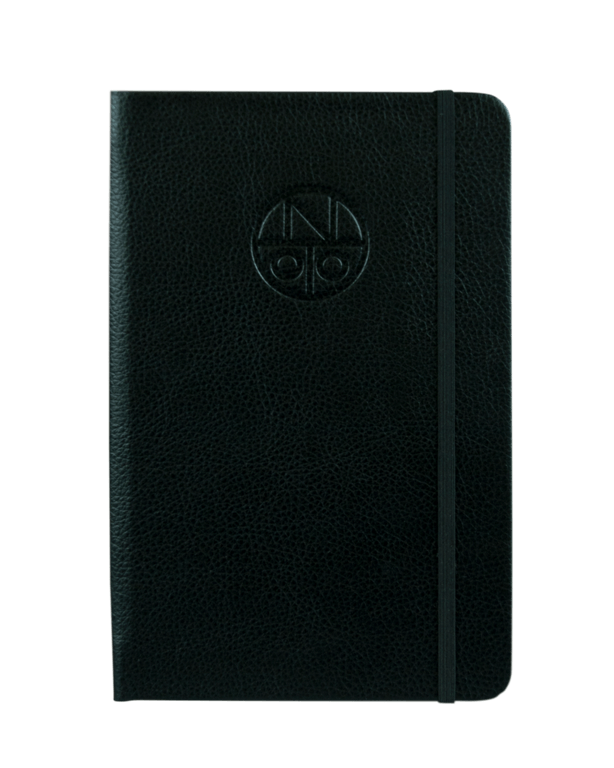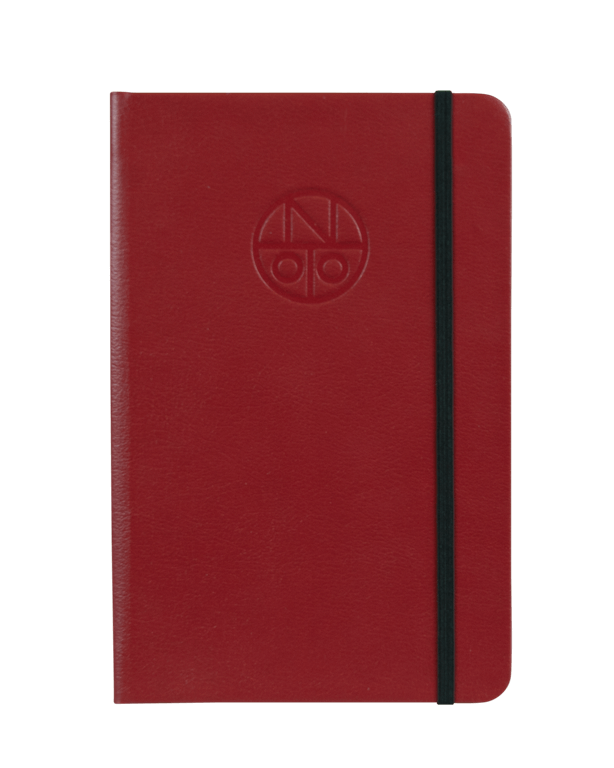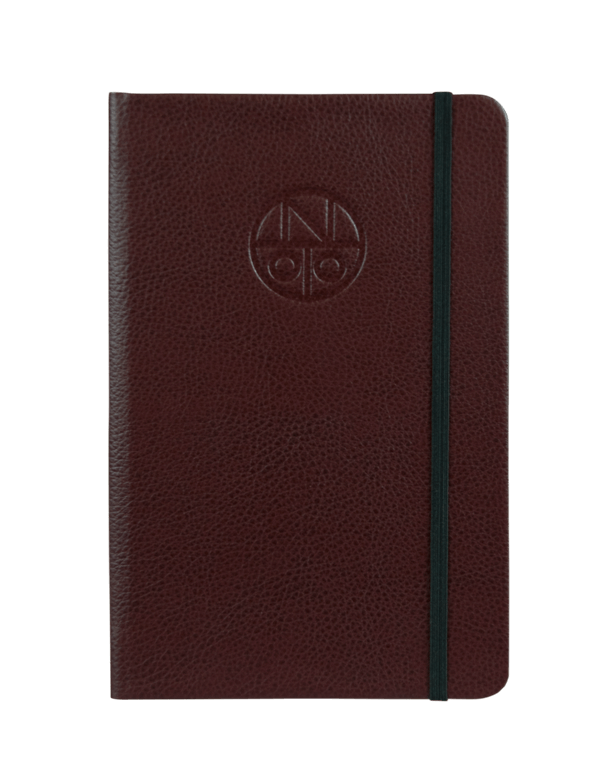Witness an epic journey of rebirth with these stunning images showing the crafting process for the Spitfire Pen.

Spitfire P7350 first flew in August 1940, during the height of the Battle of Britain. As with all old machines, it’s necessary to perform a degree of mechanical refurbishment and in 2008 P7350 underwent restoration when original Duralumin components were removed, including her wing main spar seen here, dated September 1939.
It is of this original, genuine ex-P7350 provenance metal that the historic collaborative Onoto – TMB P7350 pens are crafted. Here sections of main spar await reforming into pen components.
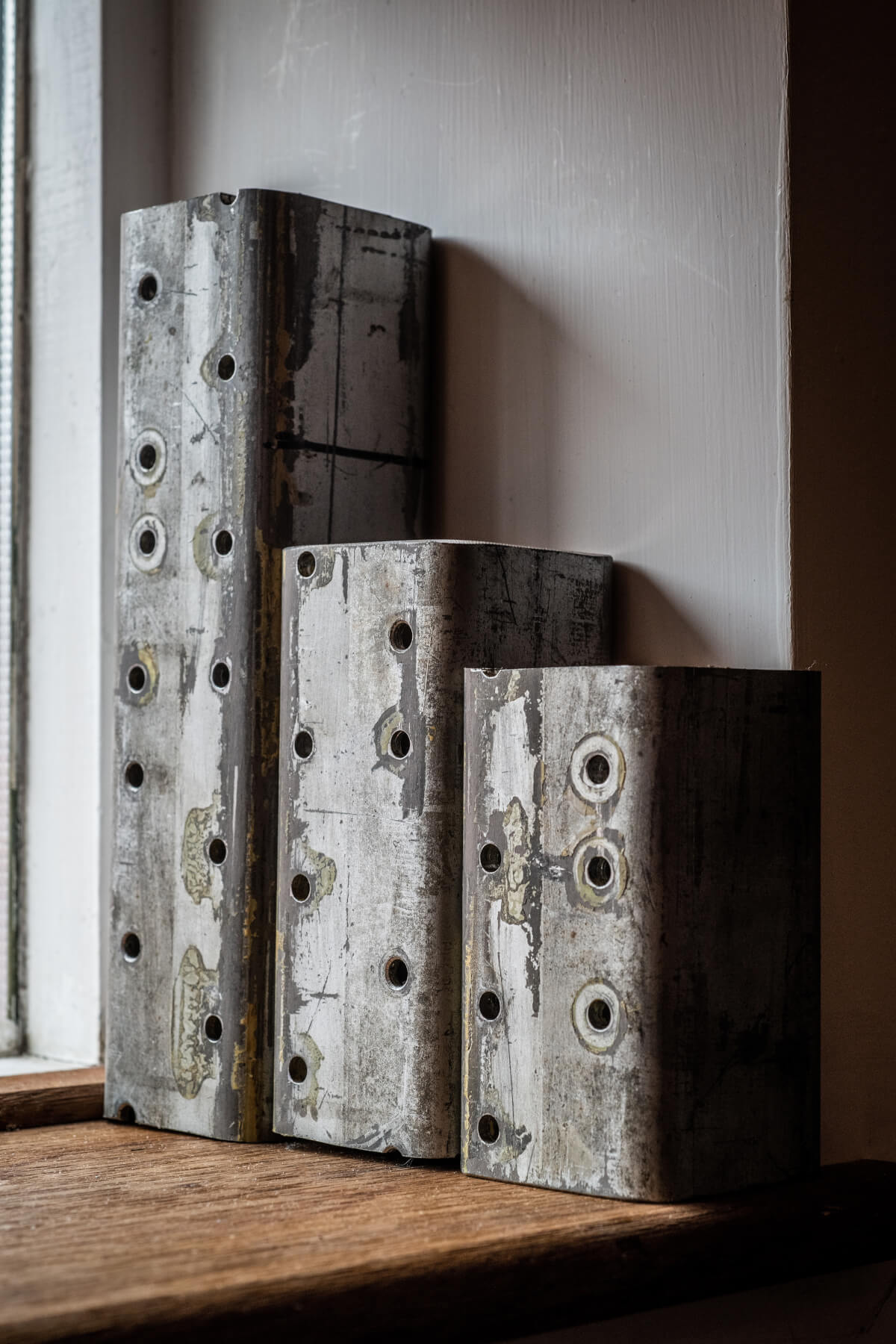

It is of this original, genuine ex-P7350 provenance metal that the historic collaborative Onoto – TMB P7350 pens are crafted. Here sections of main spar await reforming into pen components.
When molten at around 700 degrees Celsius the metal is poured into a lost wax casting ‘can’. It’s quite emotional witnessing this metal, which once flew as part of an iconic Spitfire during the Battle of Britain, being re-purposed.
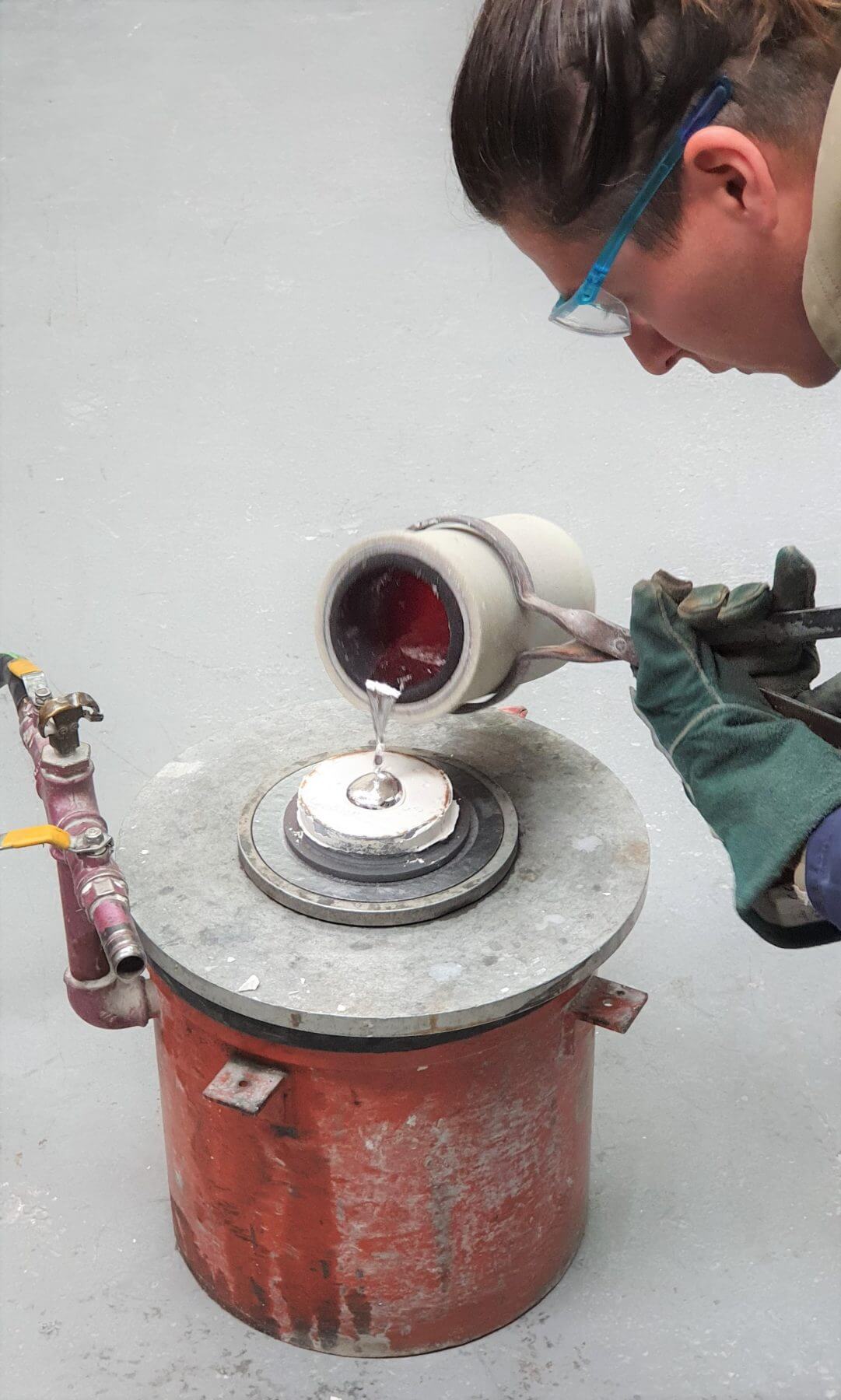
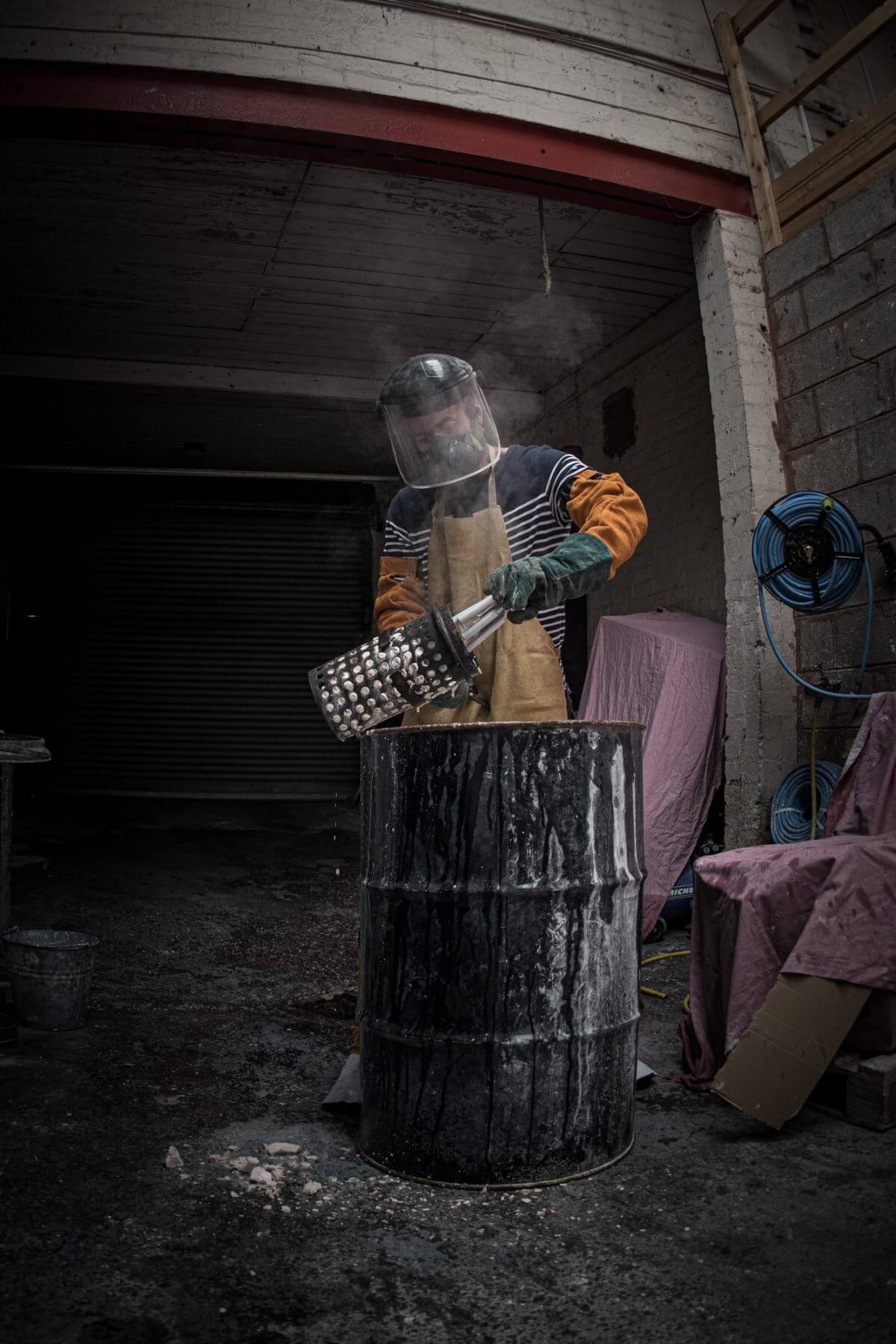
Once solidified the casting can is broken open and the re-formed pen ‘billets’ removed. These will be cut off, cleaned and sent for later machining.
Once solidified the casting can is broken open and the re-formed pen ‘billets’ removed. These will be cut off, cleaned and sent for later machining.
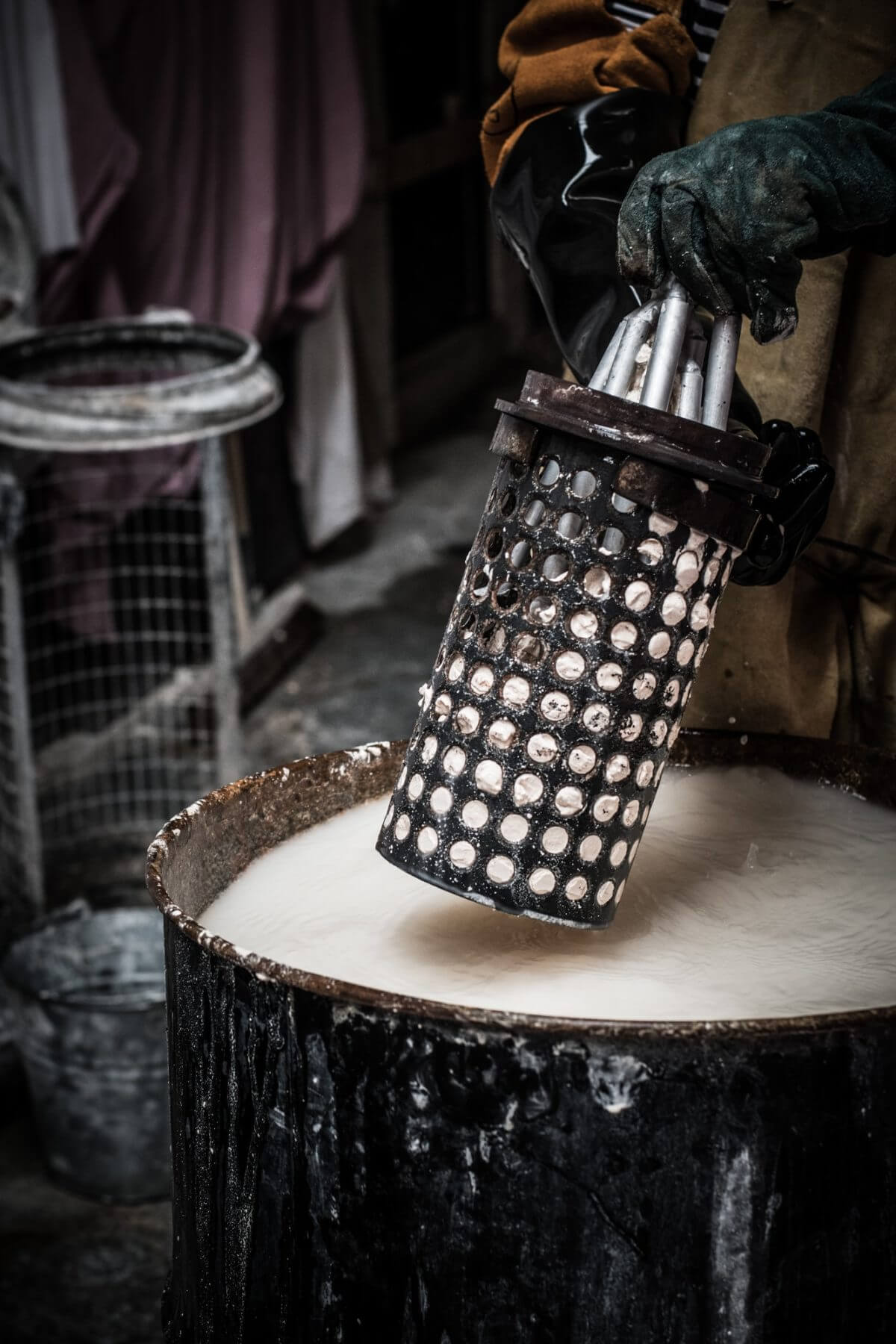
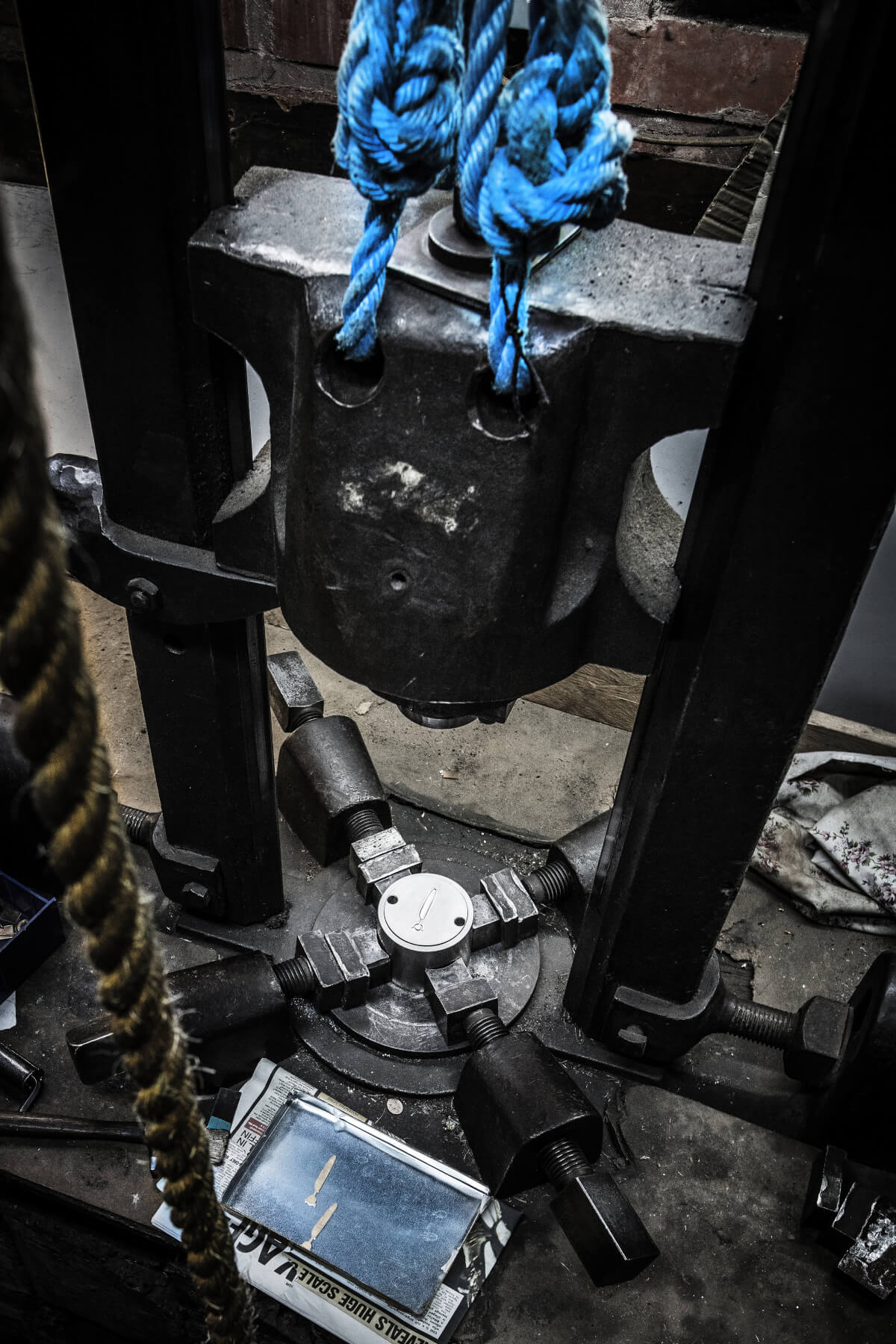
Meanwhile, elsewhere in Birmingham’s Jewellery Quarter, the bronze propeller clips are stamped out using machinery even more ancient than P7350 herself.
Post-stamping the propellers are crafted into the perfect shape by hand.
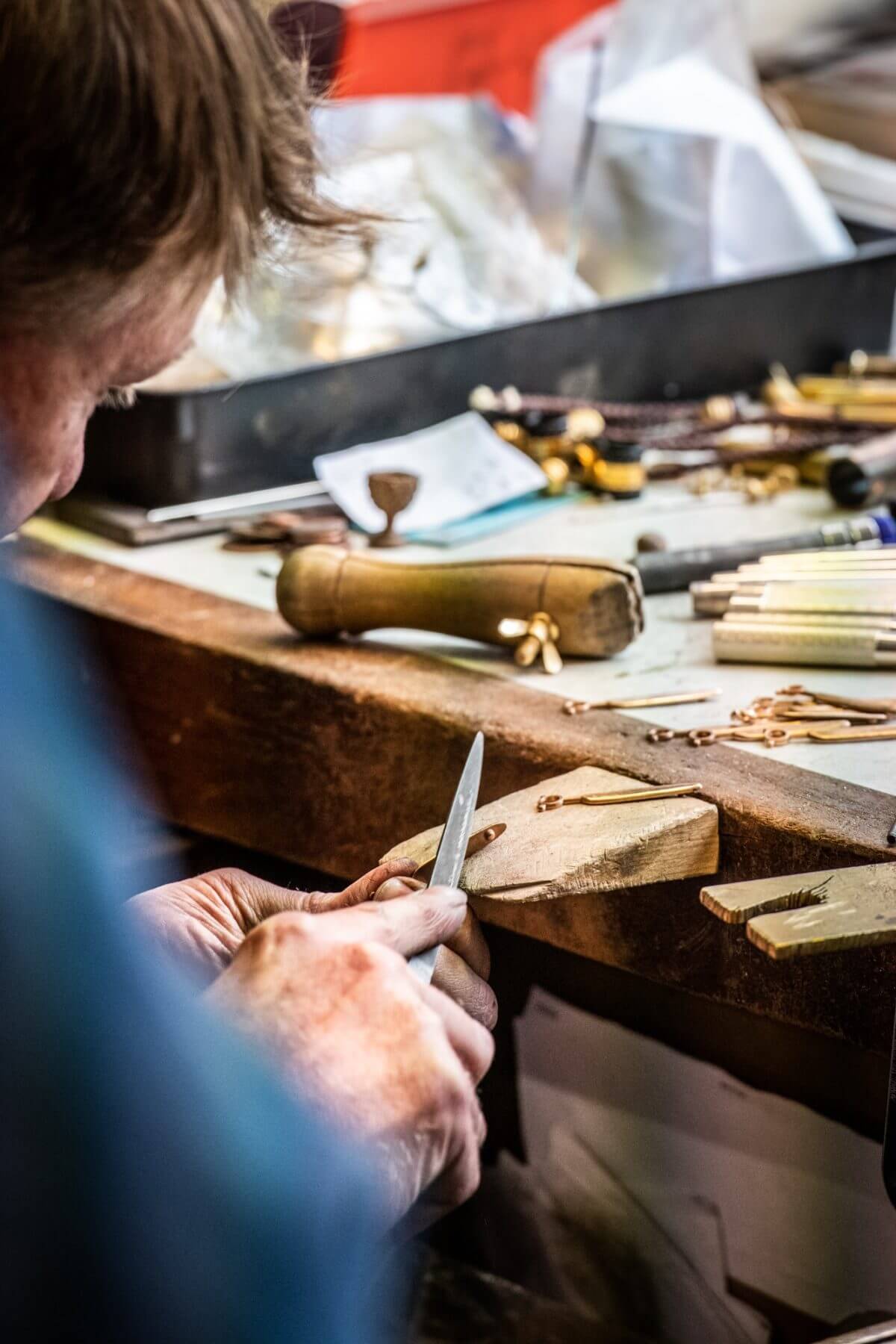
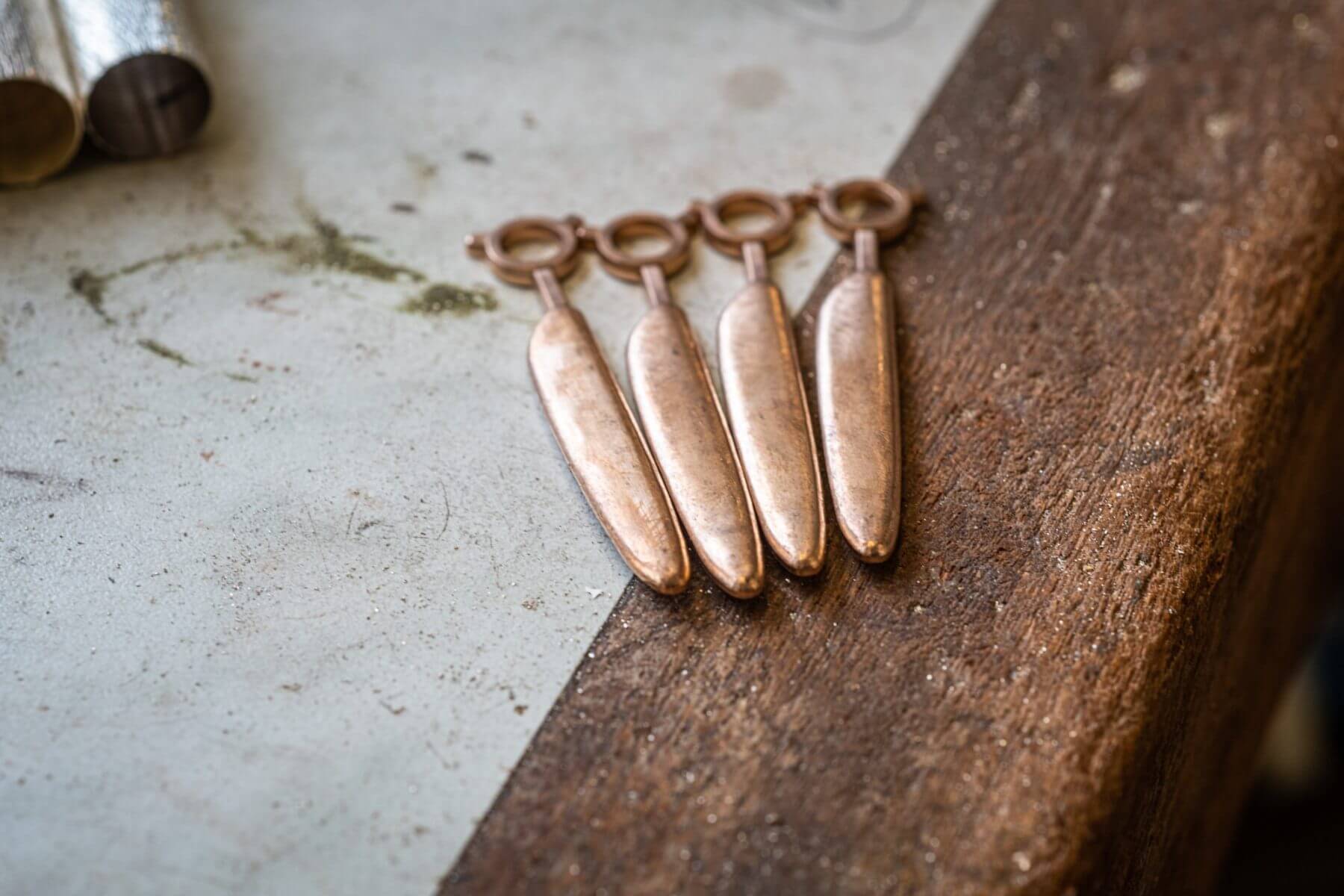


Partially machined billets rest upon computer generated pen component drawings.


An amalgamation of past and present technology, the pens are re-formed from their billets using state-of-the-art CNC machinery.
Whilst the machining may be precision, the 1939 vintage ex-Spitfire metal isn’t perfect for the purpose and contains minor blemishes – but these only add character, individuality and history to the pieces.


The pen components are turned, the lathes used nowadays being computer operated for absolute perfection and precision.
One of the final mechanical operations is the laser engraving of text onto the barrel, including each pen’s unique limited edition number.
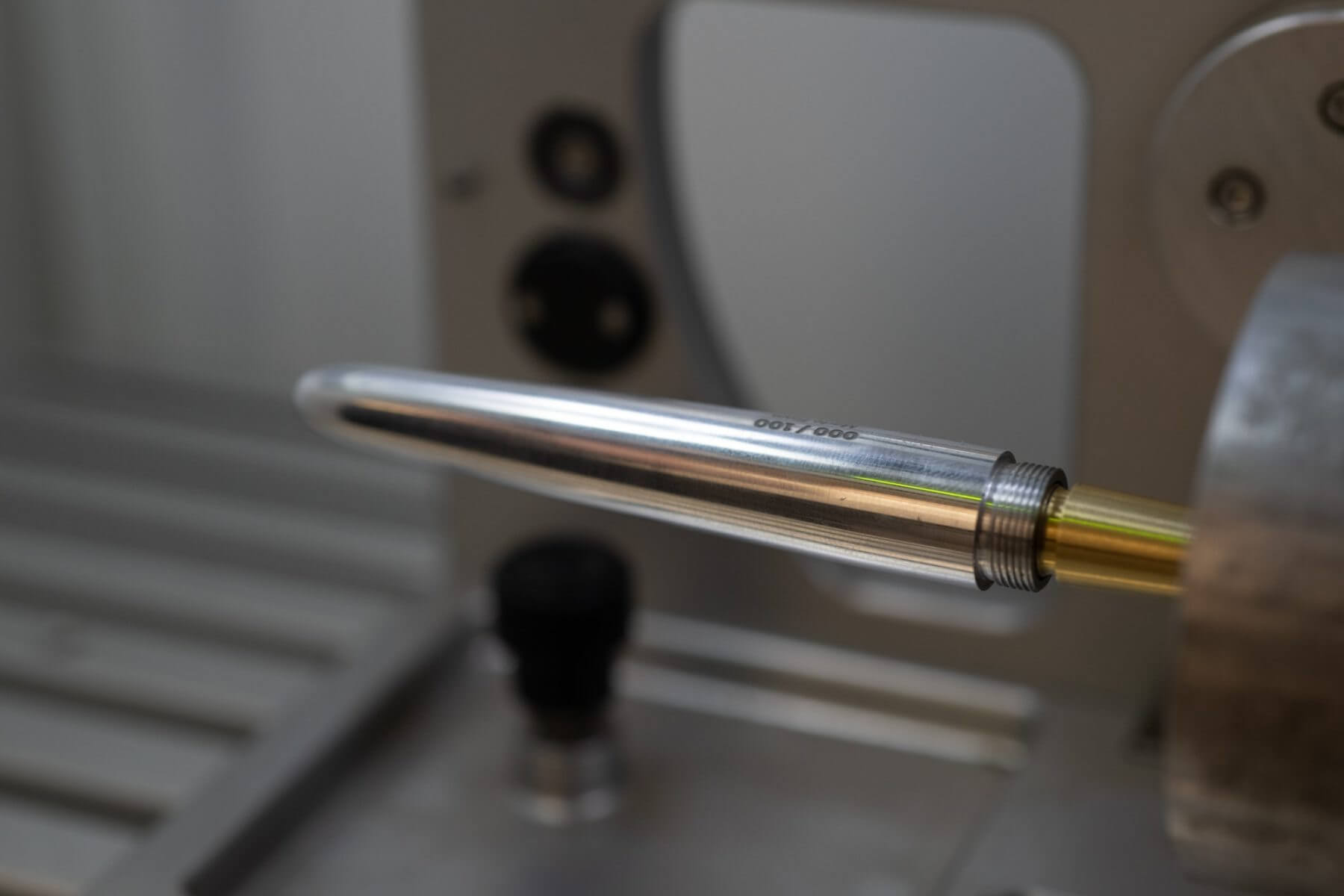
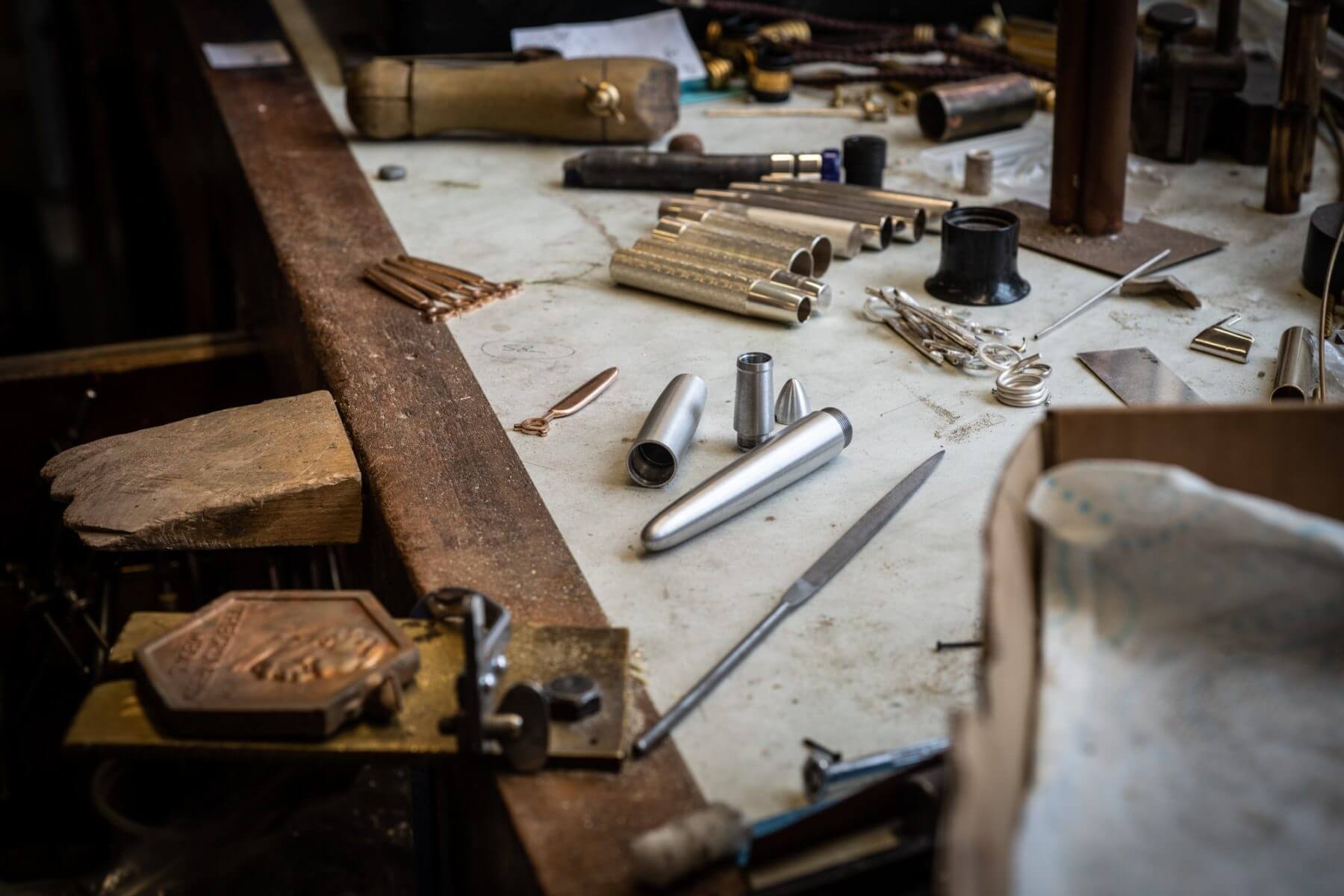
Then it’s off for final polishing and final assembly.
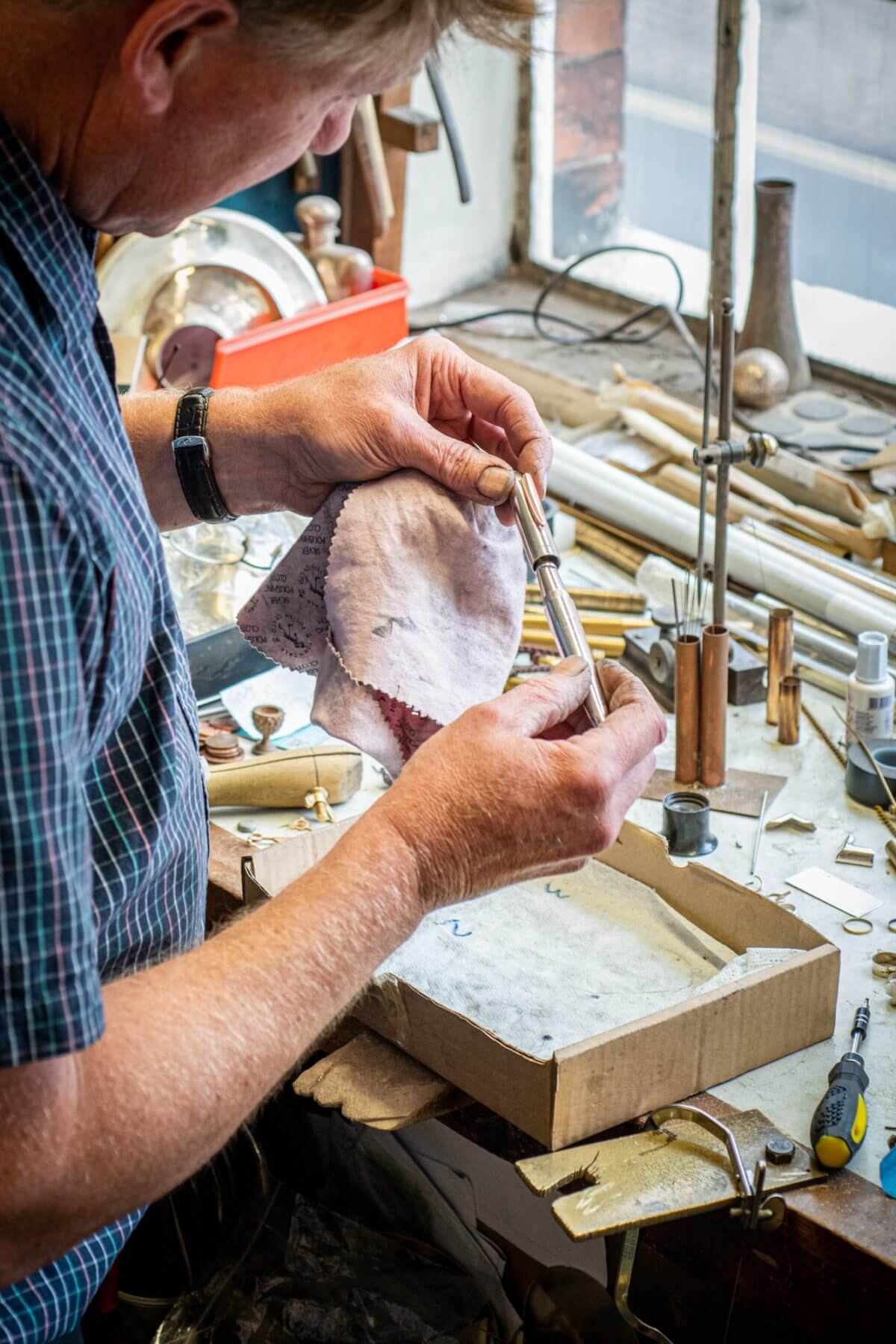

In addition to the main spar, some of P7350’s original 1940 skinning was also removed, this being particularly coveted, as it was the actual material that formed the Spitfire’s iconic form!
From a section of this Spitfire skinning wing shaped plates are engraved with each pen’s details and then hand cut…

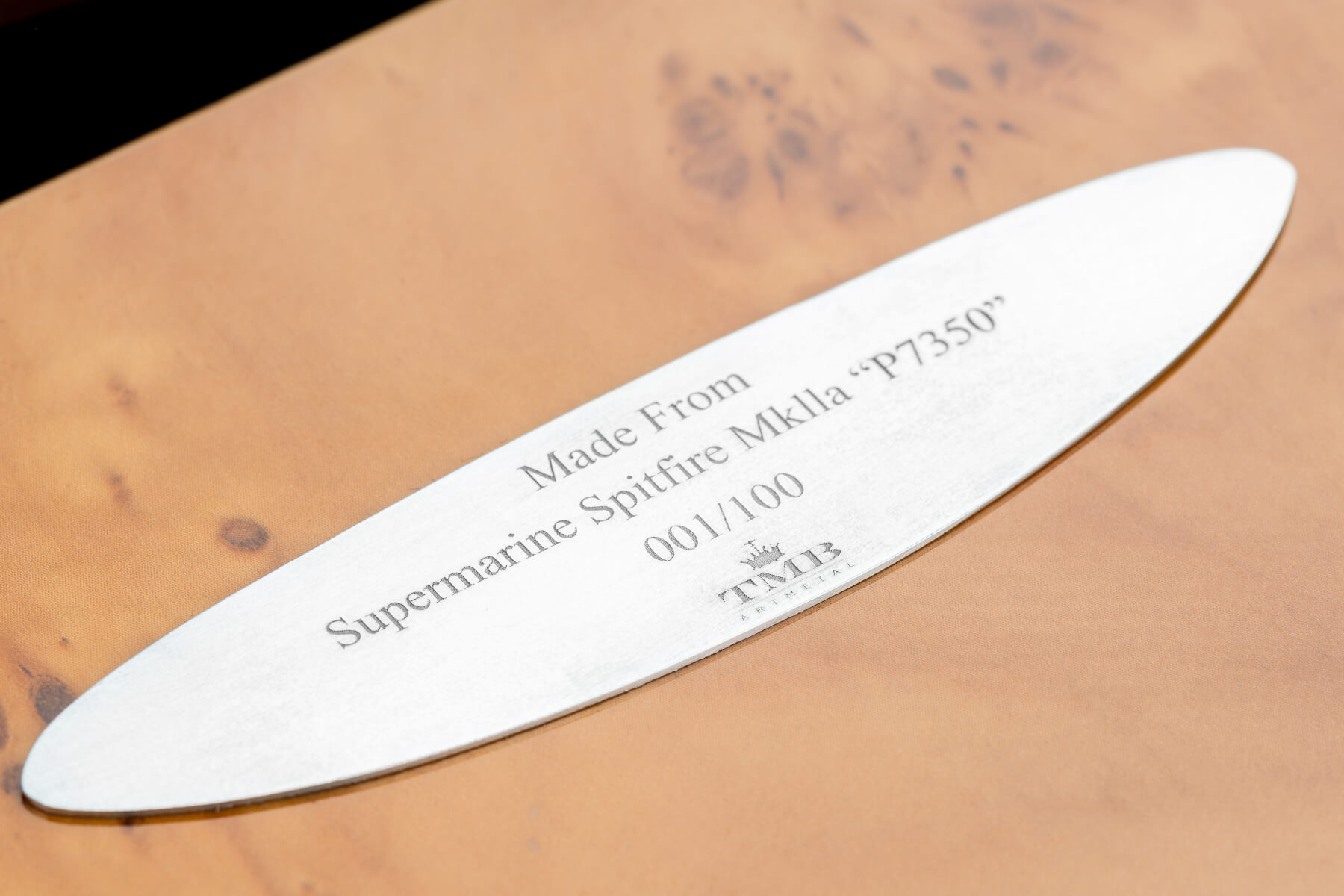
…the plates finally being affixed to the cases within which the pen is presented.
Following the many processes the only thing left is the hand writing – using a unique pen, made in Britain from a truly iconic British icon!
